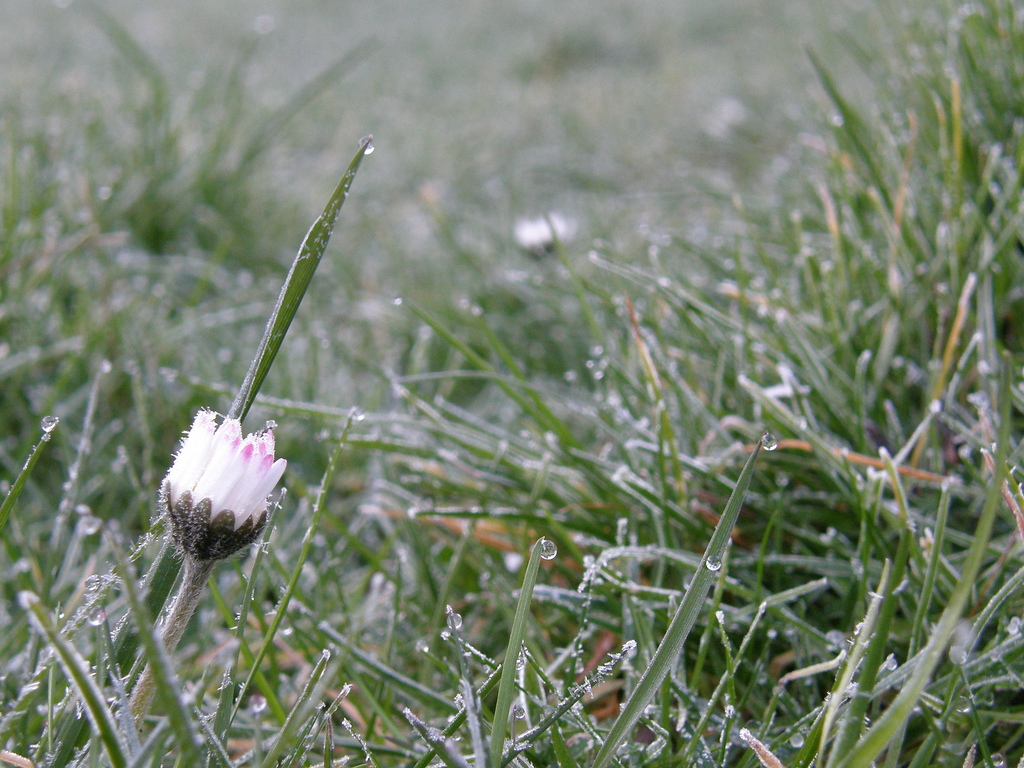
First microadventure of spring
Stepping out into a clearing, we see the first stars emerge from the mist. Our destination is a strange old building: a tall archway, open to the night, leading into a shallow three-sided shelter. I shine the torch into the high wooden ceiling to check we won’t be disturbing any birds or bats. All clear. We sweep twigs off the floor with our feet, lay out our foam mat (Dan) and picnic rug (me), inflate our sleeping mats, get out our bivvy bags and sleeping bags and sleeping bag liners and pillows and I joke that we must be the slowest setter-uppers in England. But soon enough, we’ve wiggled our way between all our layers. An owl calls from one direction, then another.
We watch the sky from our snug cocoons. A bright star slides over from the east. Aeroplanes bink overhead and I think of all the people up there: what adventures they’re having or returning from, how they’re getting along with the strangers sitting beside them, what they had for dinner, which movies they’re watching, who will be there to hug them when they land. I silently wish them a good night and a safe journey.
A few hours later, the star has moved like the light of a fishing trawler at sea, dragging a net full of constellations behind.
Later still, I wake up and I'm cold. I crawl out of my nest and stumble out into the bushes for a wee (I’ve heard that holding on makes you colder). Dan and I share a snack bar. Back in my bivvy, I’m glad I decided to use the sleeping bag liner even though I wasn’t sure I’d need it. It takes me a long time to get back to sleep and my dreams are broken and confused.
We’re camping in a shed at the end of someone’s garden, without their permission. It’s summer, so it gets light very early. Chooks are clucking nearby. I’m worried that the owner is going to catch us, but while we’re packing up I realise I’ve taken my trousers off during the night and I can’t find them. I can’t walk out of here without trousers. Someone rides past on a horse and I duck for cover before resuming the trouser hunt. Instead of helping, Dan makes a time-lapse video of me stomping around in my undies saying, “Where are my pants?” over and over again.
Suspended between dreams and consciousness, my brain latches onto a noise: is it the da-dmp, da-dmp of hoofbeats? the chock-chock-chock-chock of a pheasant? When I wake properly, all I hear is birds twittering in the trees around the clearing. We drink a less-than-lukewarm cup of tea from the thermos and regret leaving the stove at home. It’s chilly. Very chilly. The light bleeding into the landscape reveals fields crusted white with frost.
We pack quickly and quietly, then walk into the warm pink glow of the rising sun. There are fresh hoofprints in the frozen turf.
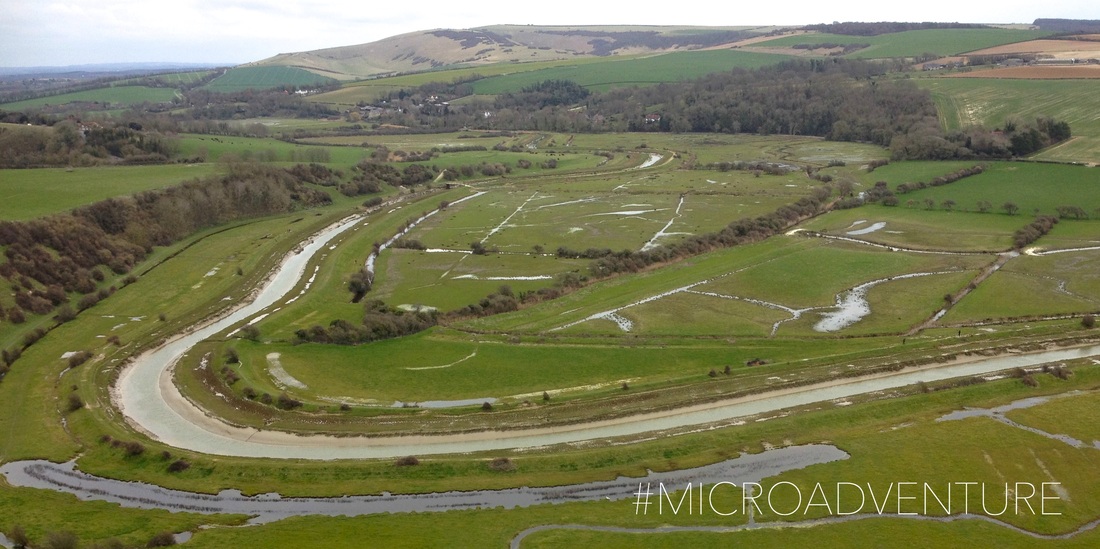
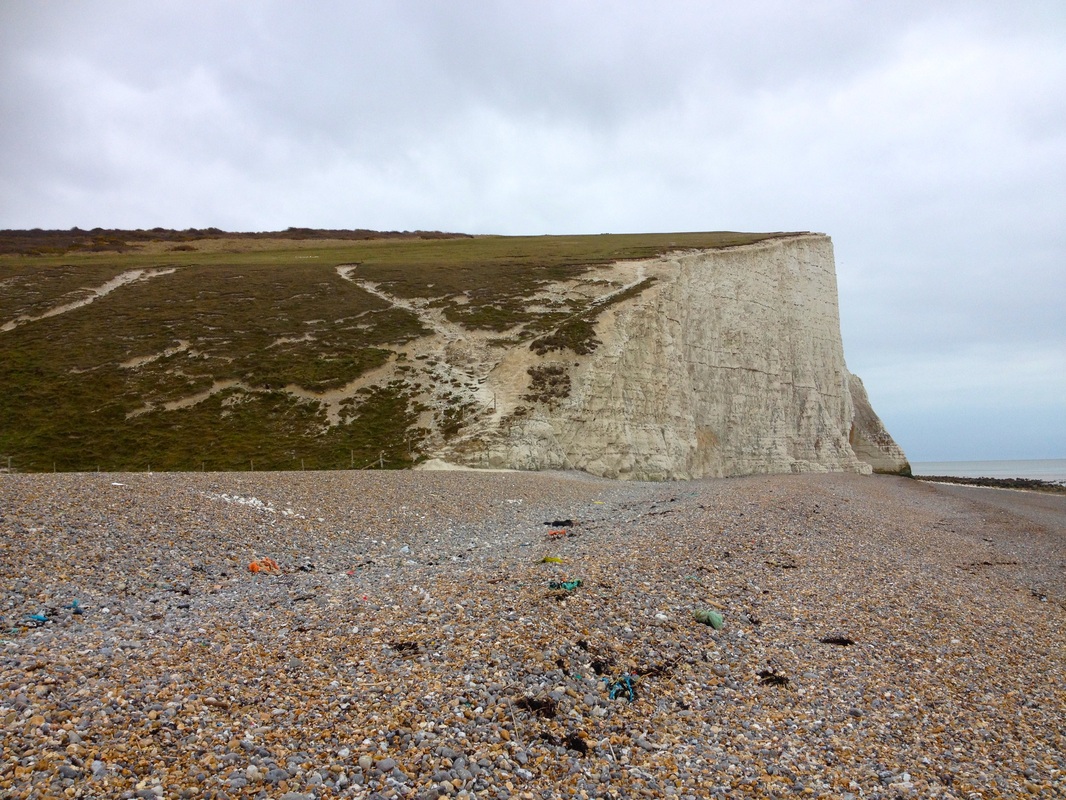
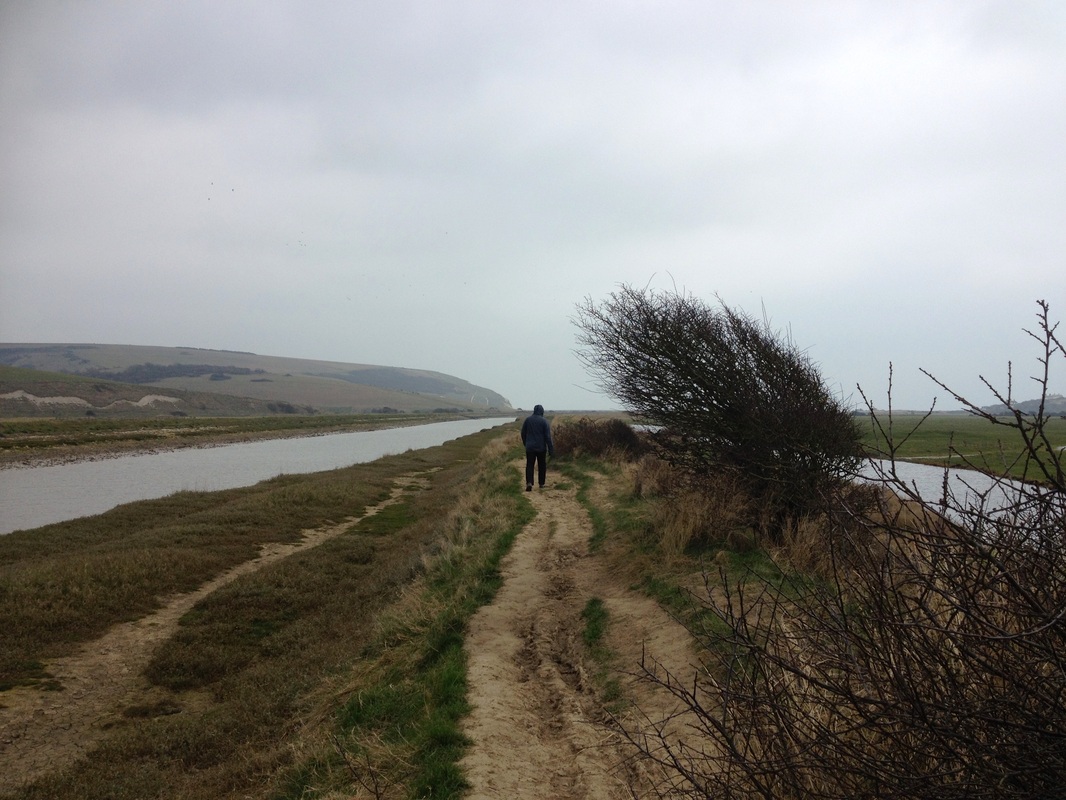
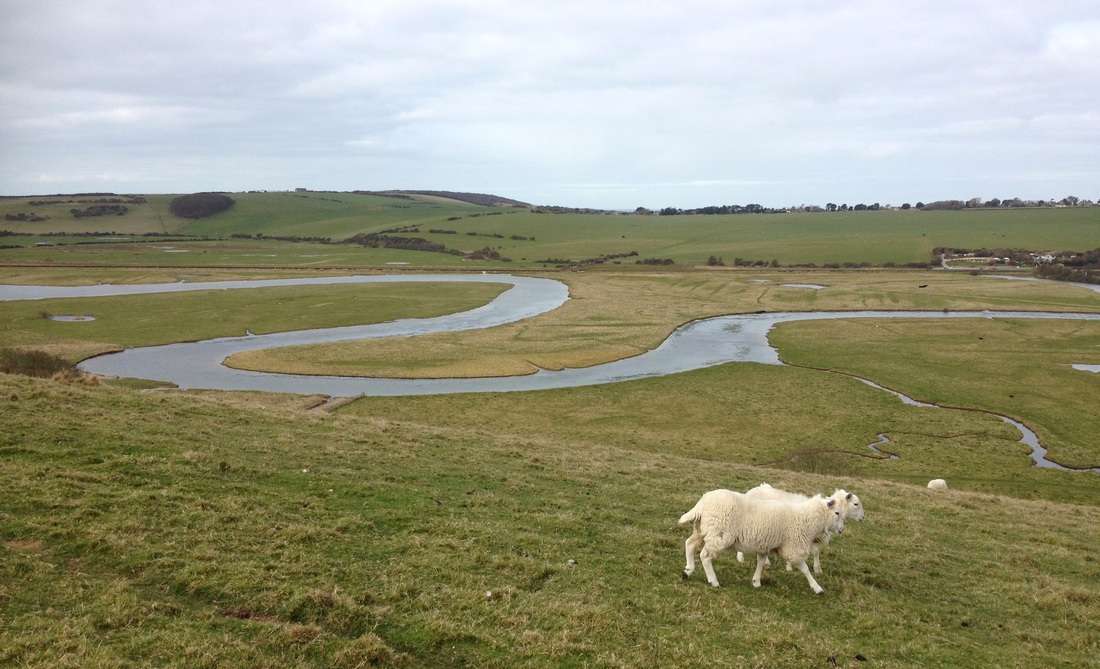
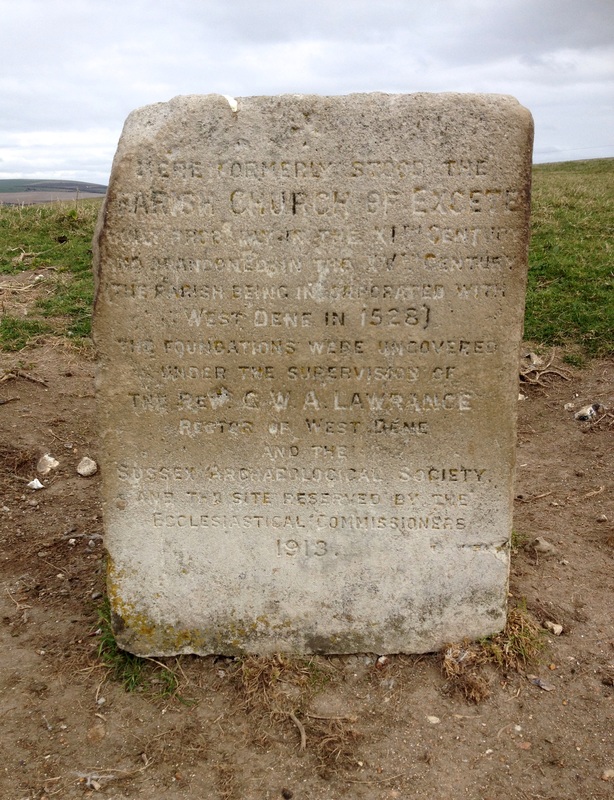
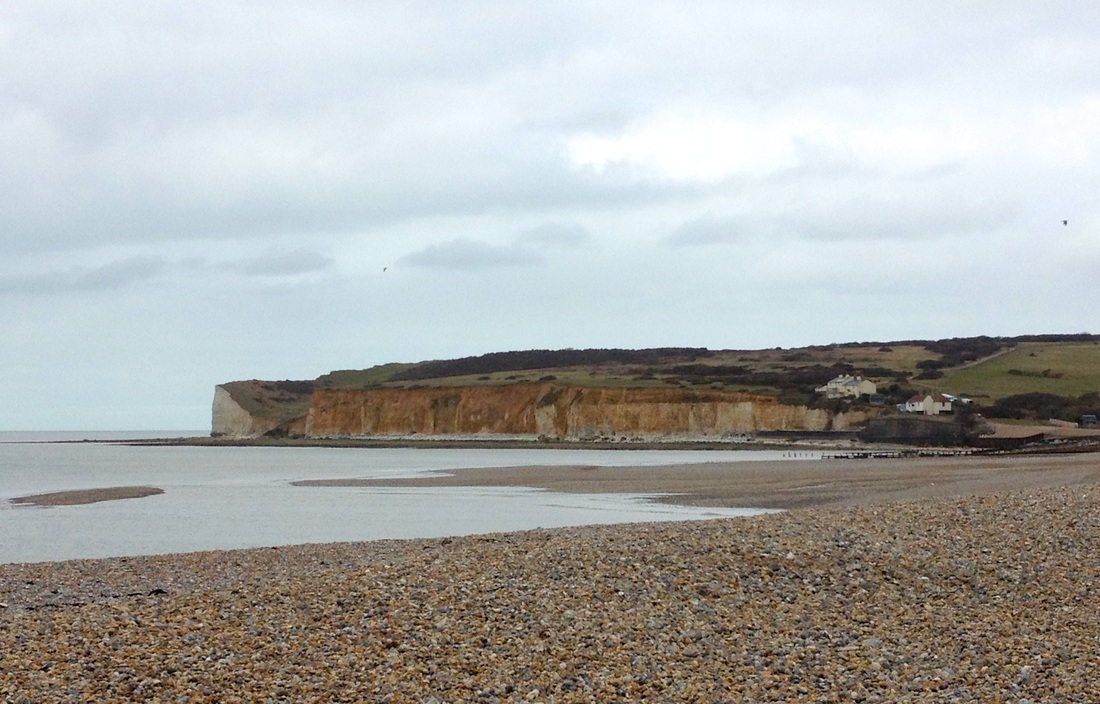
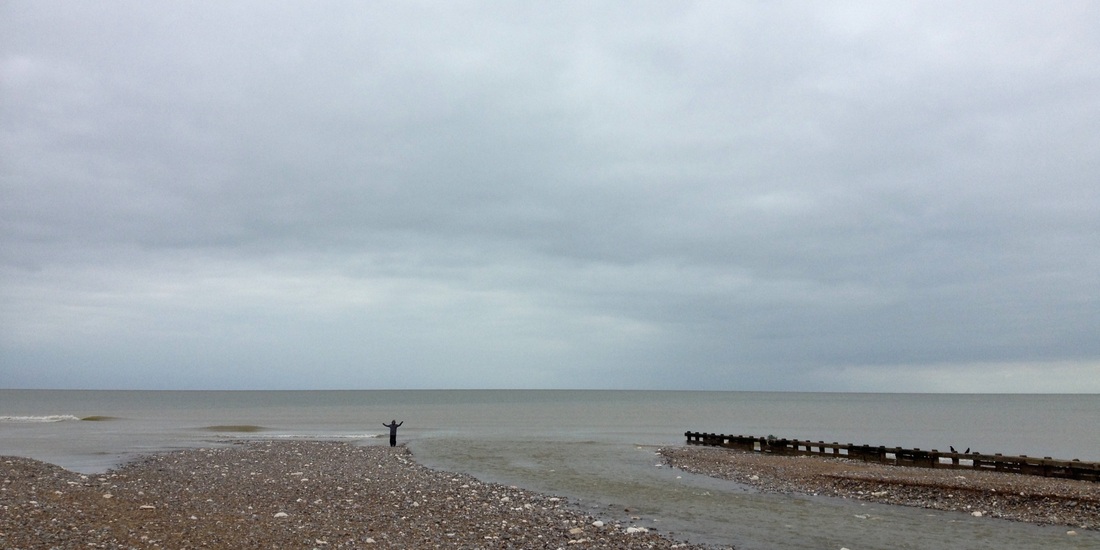
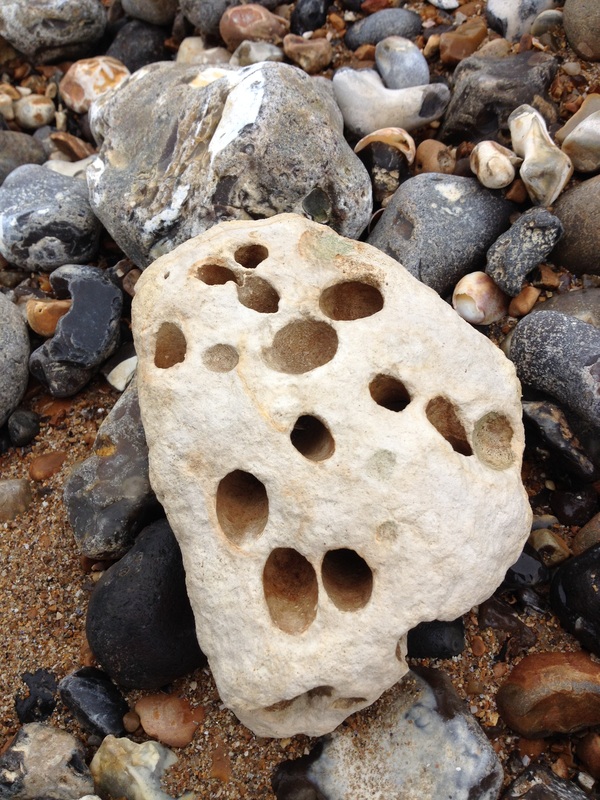
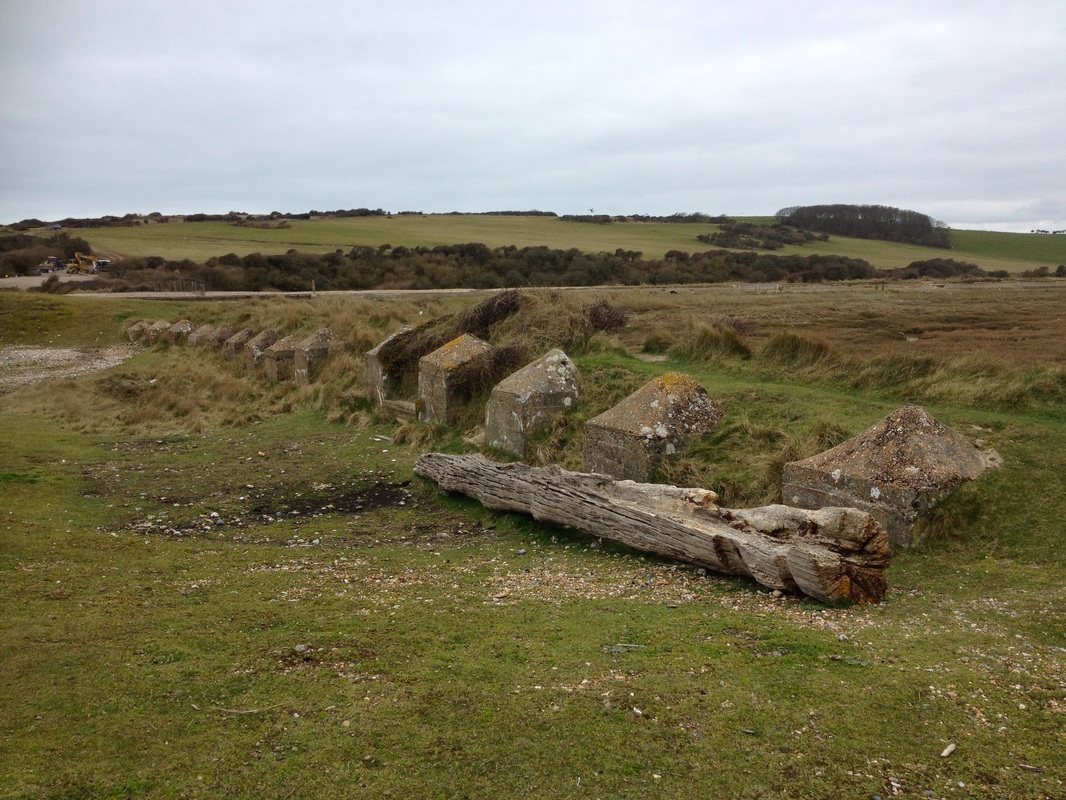
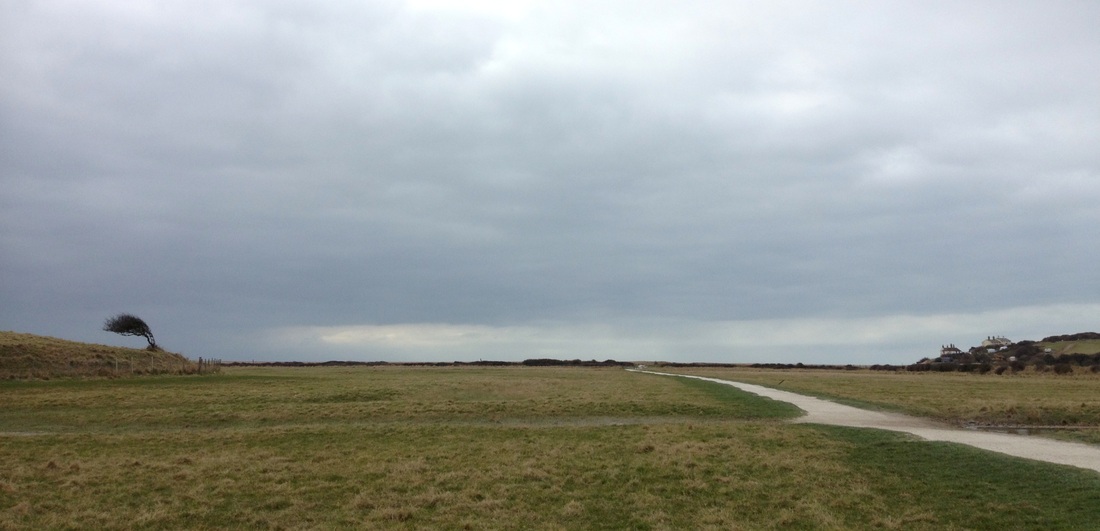
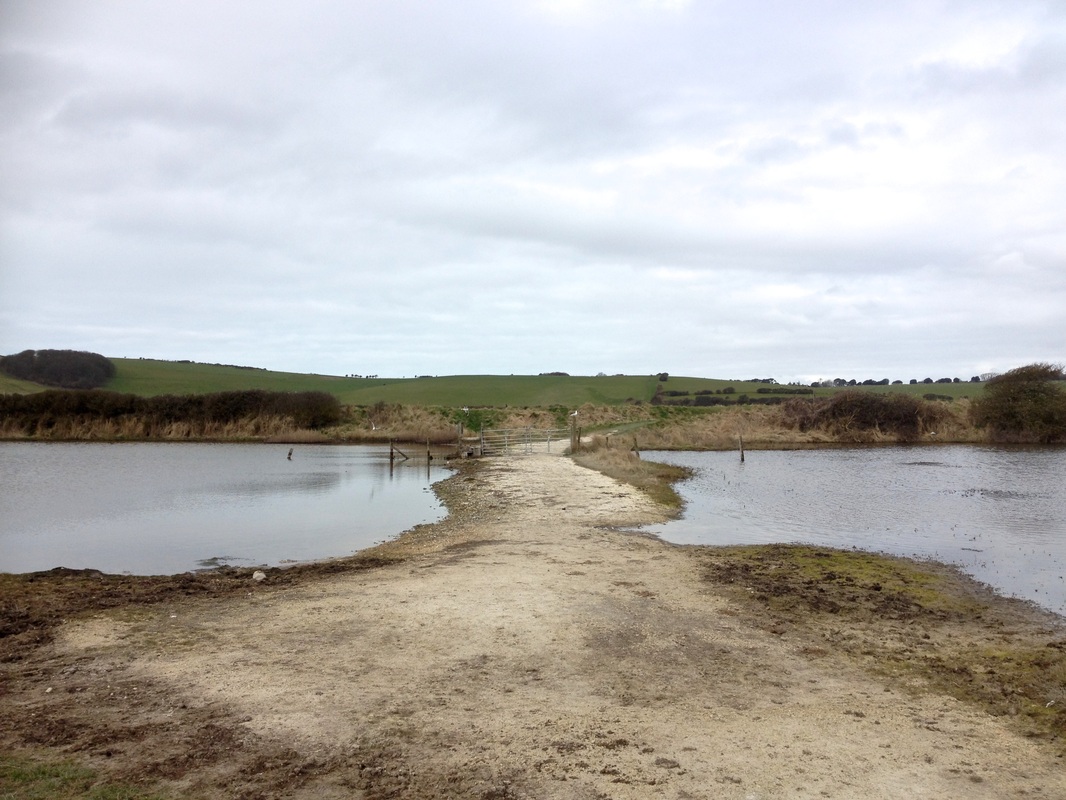
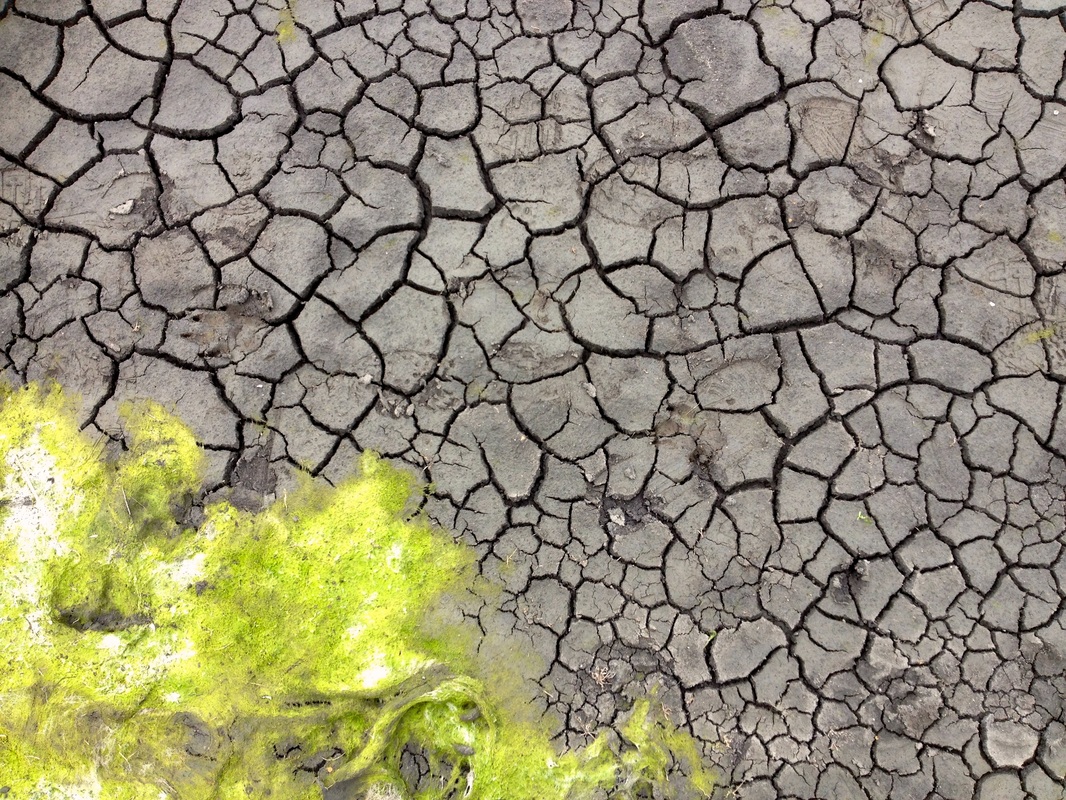
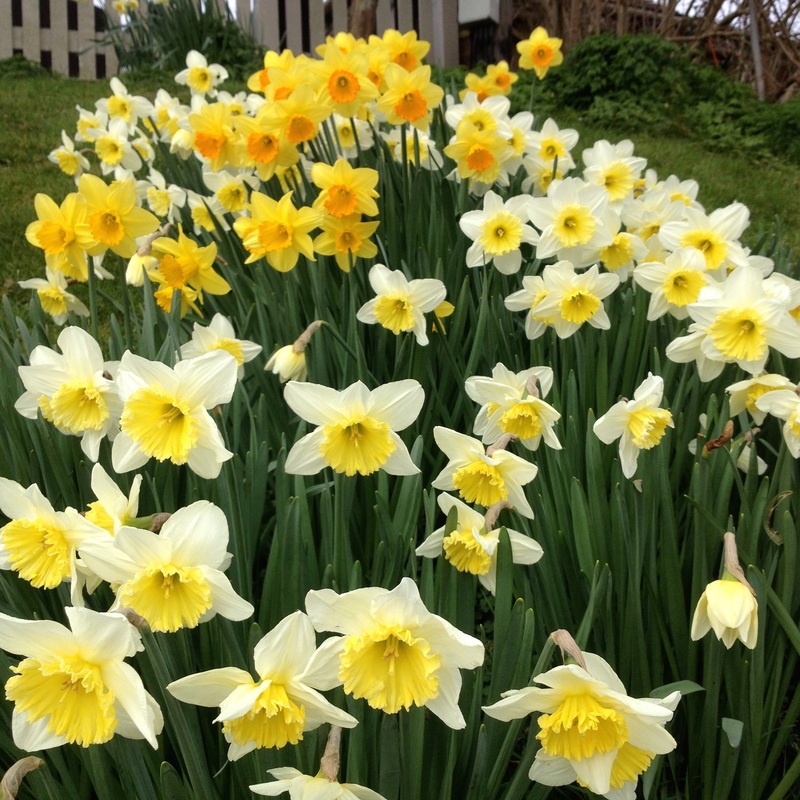
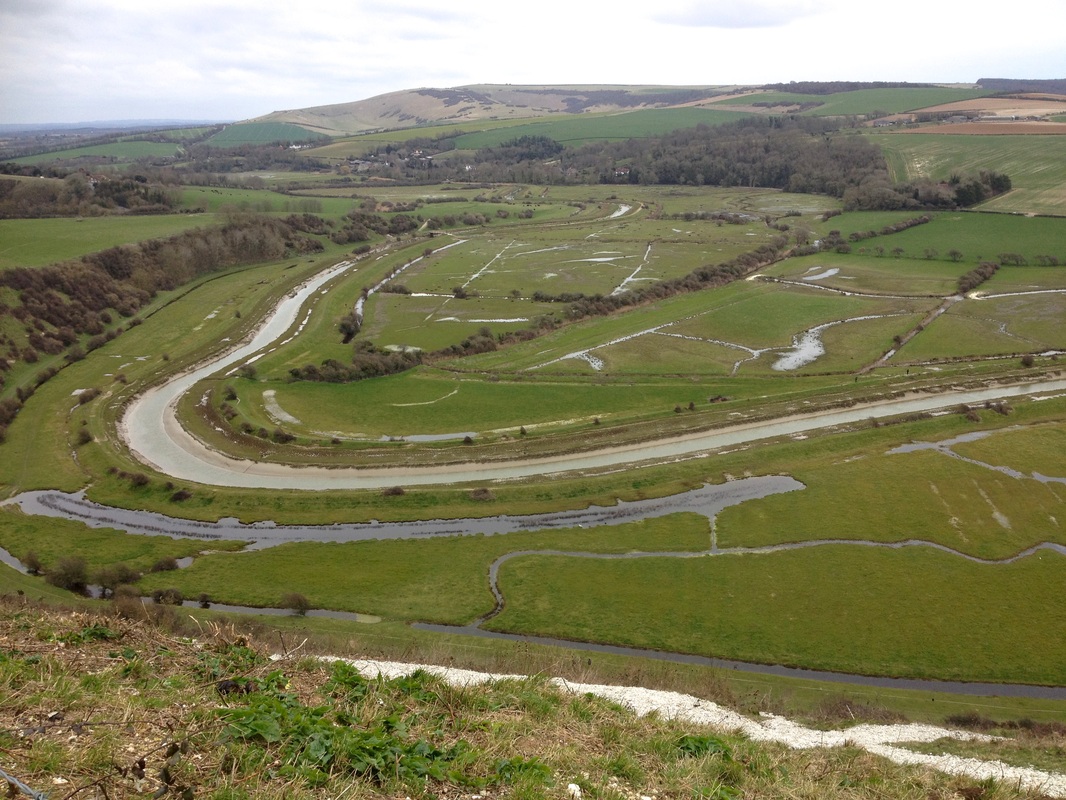
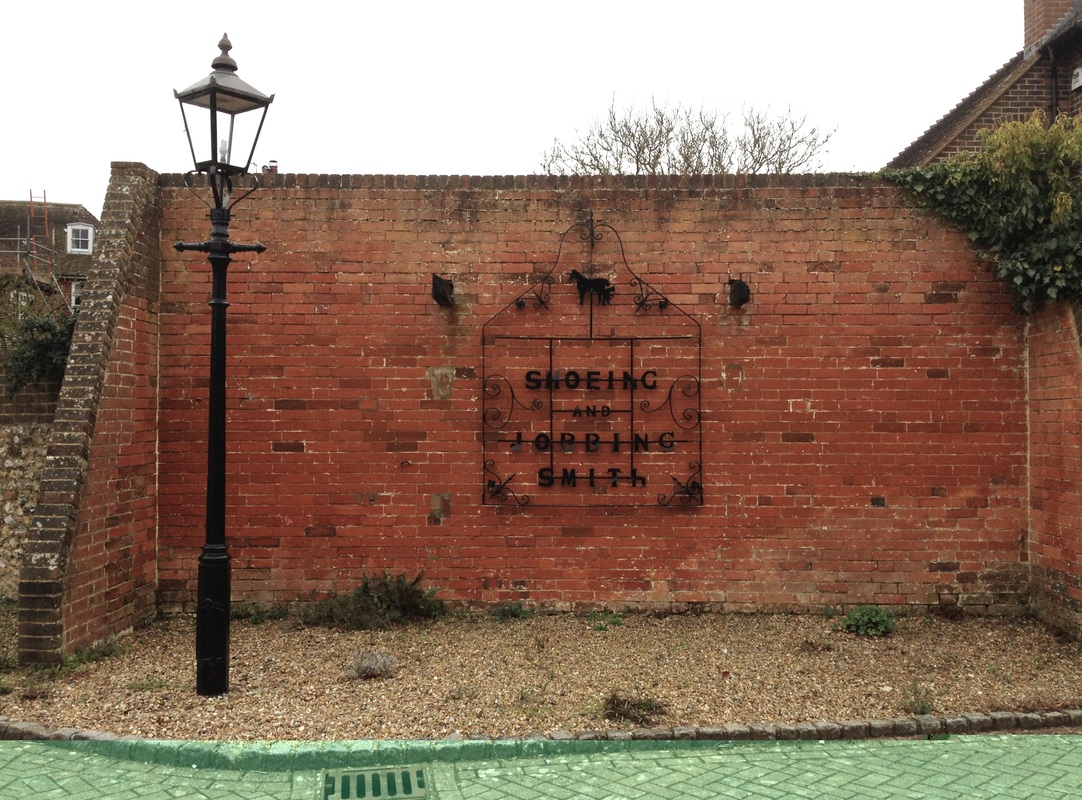
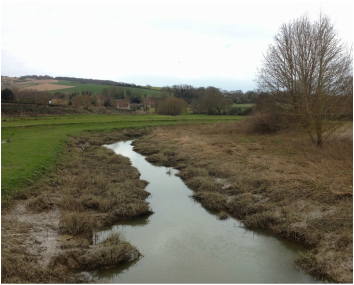
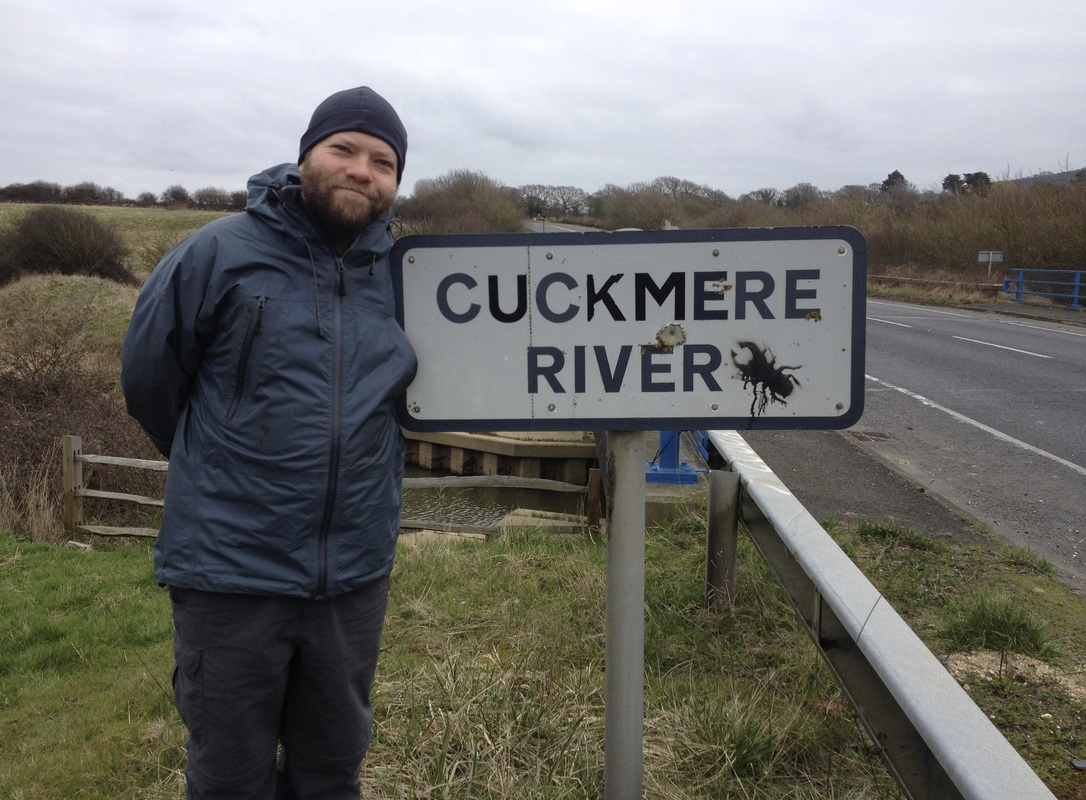
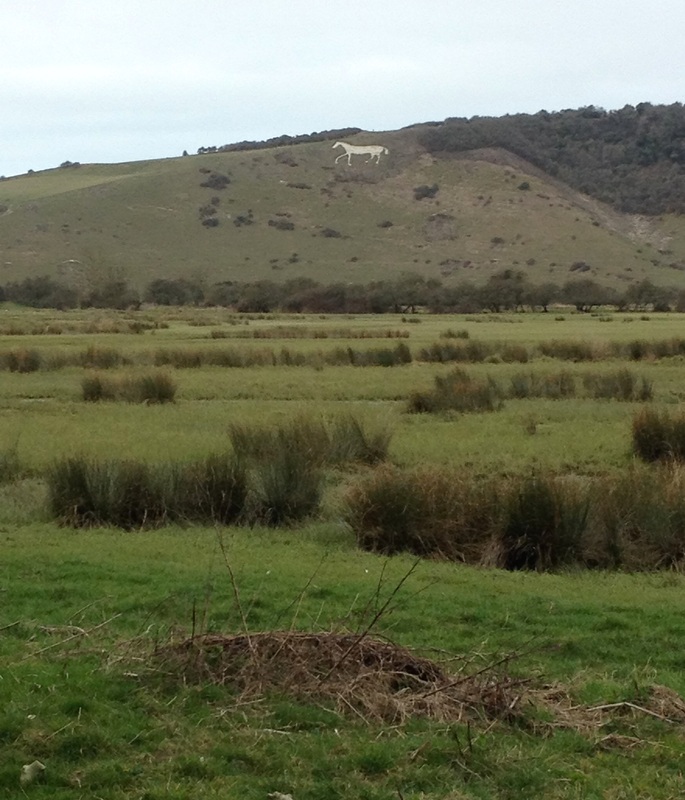
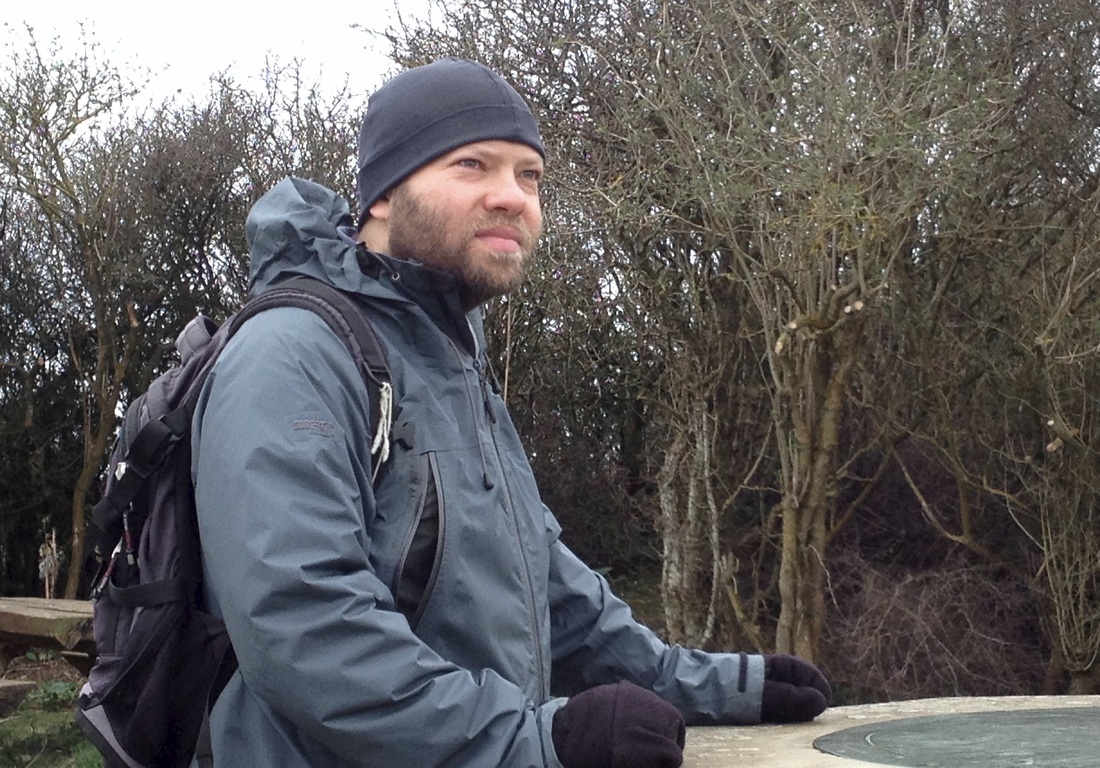
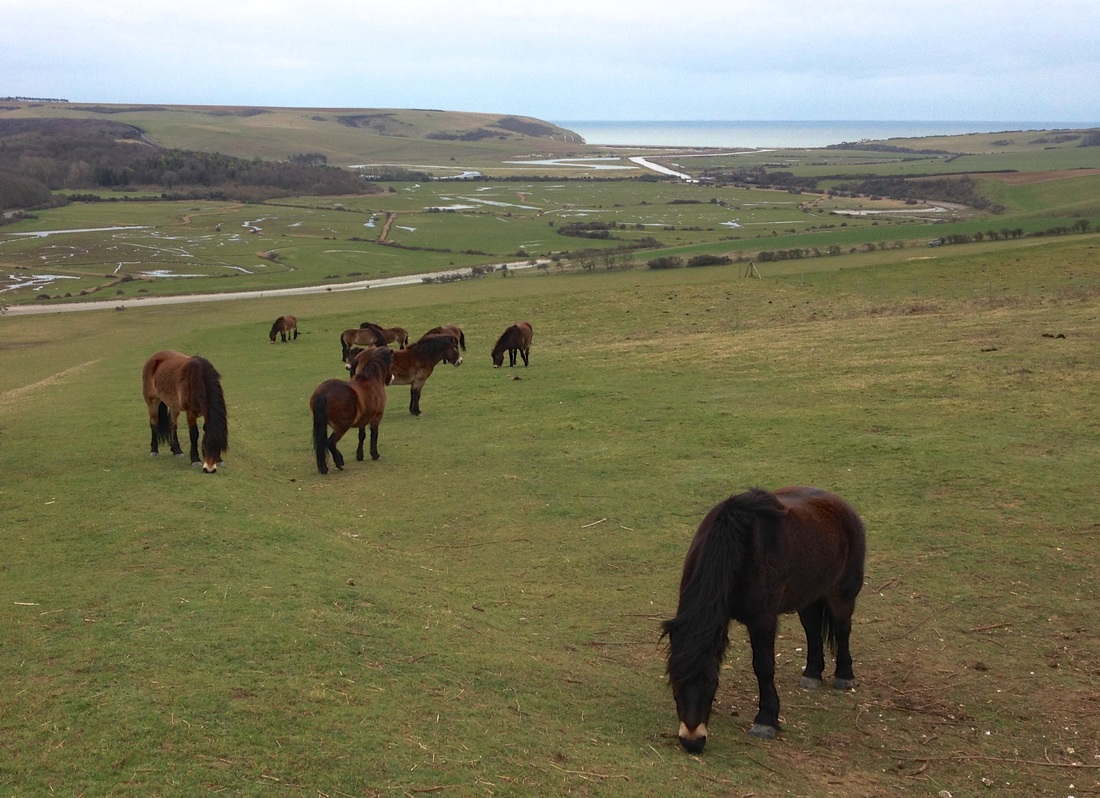
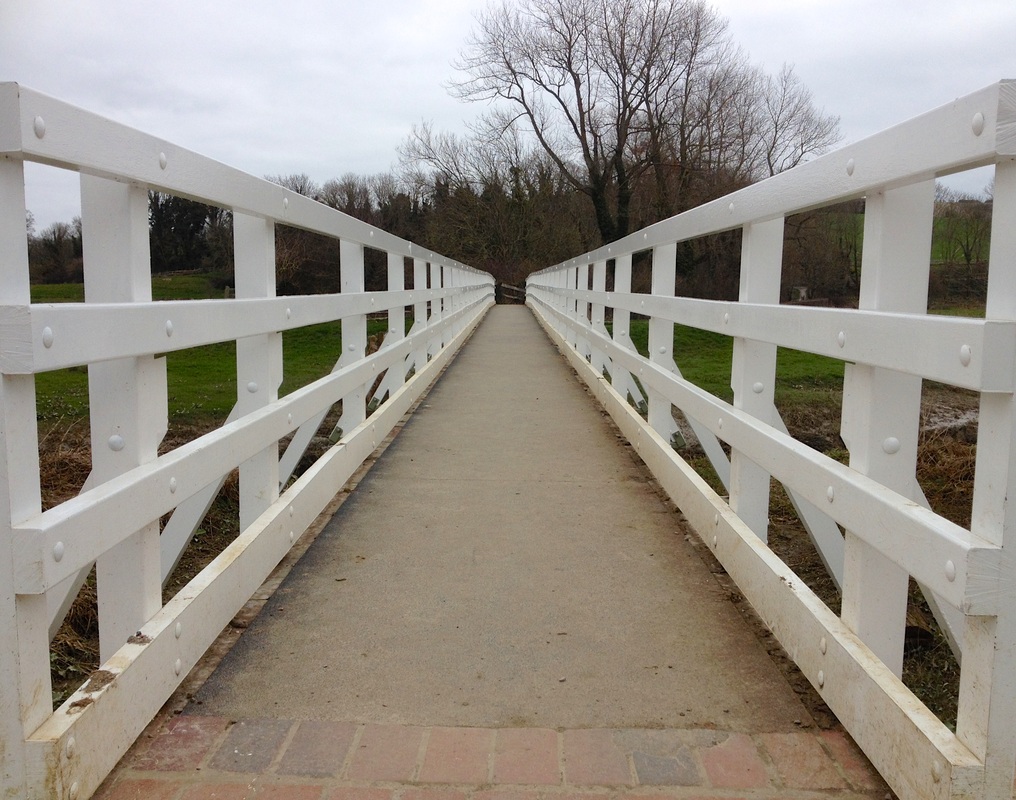
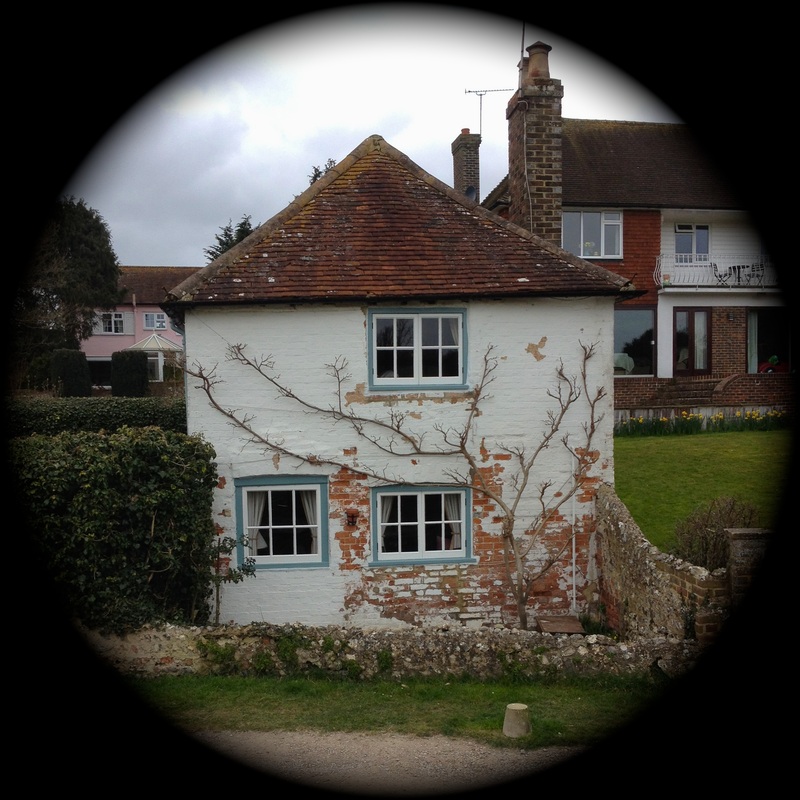
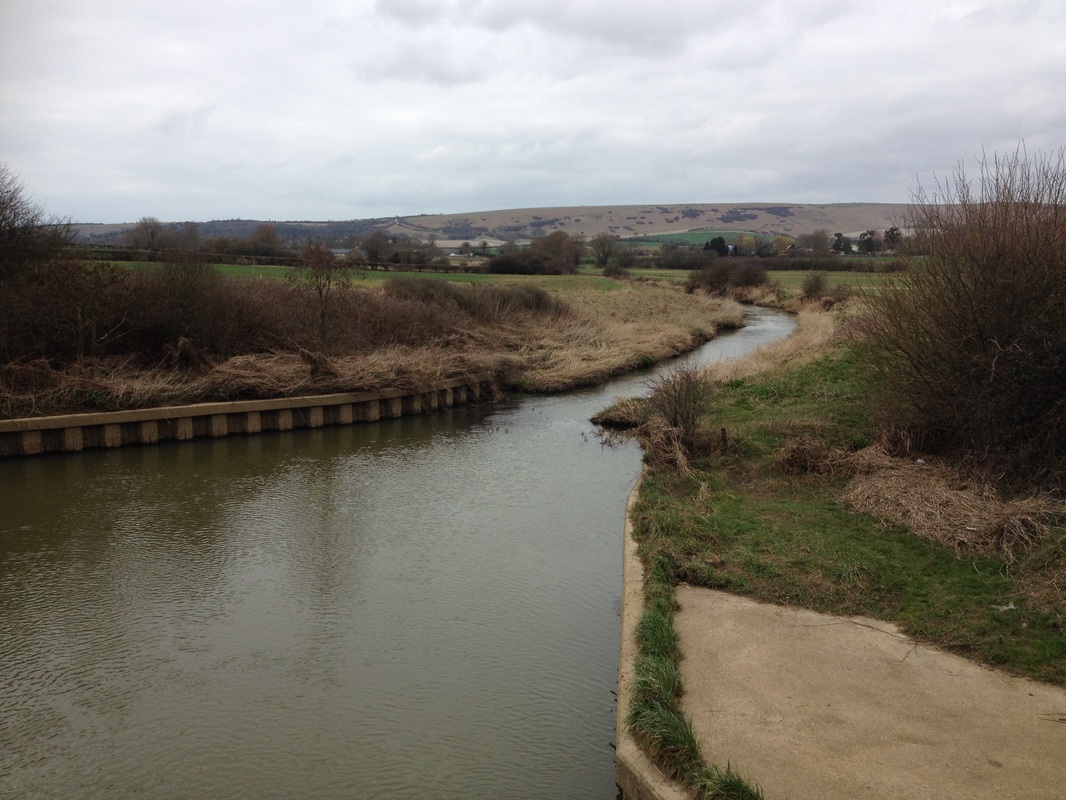
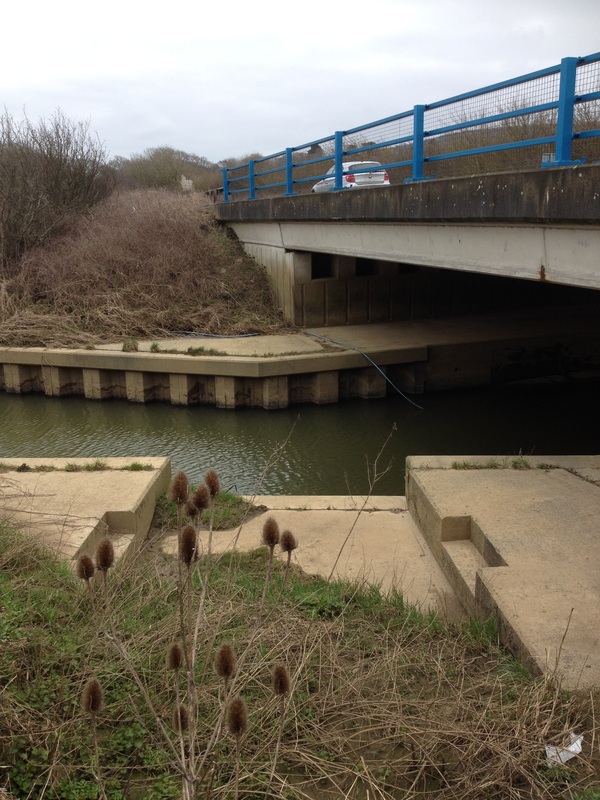
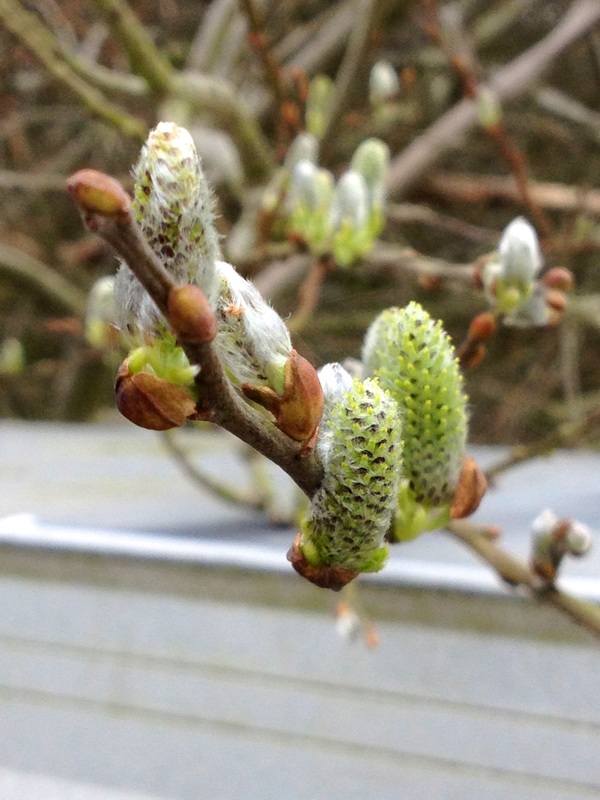
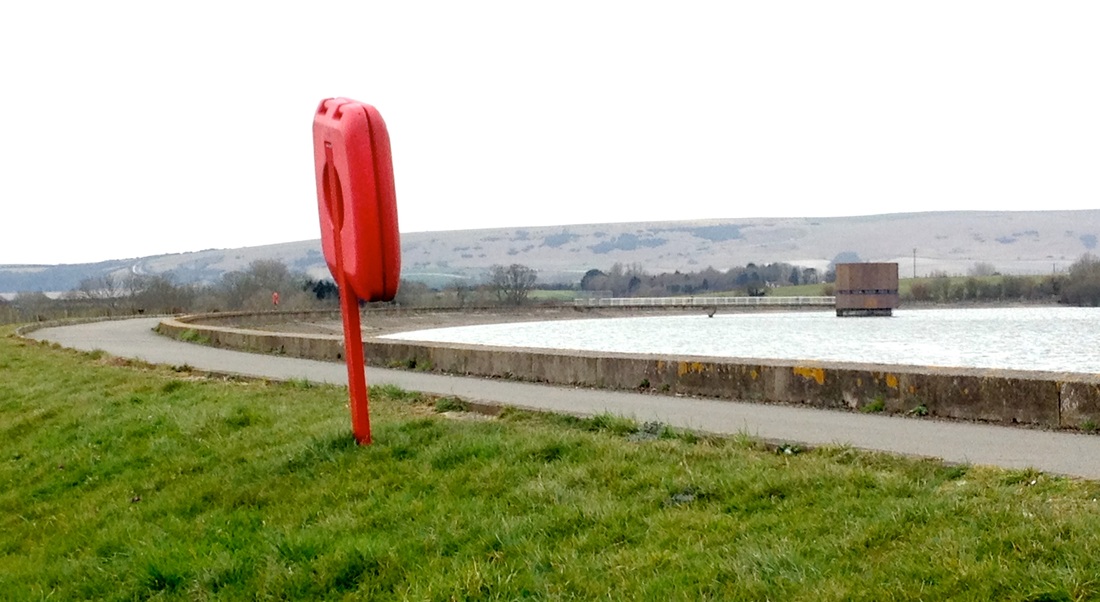
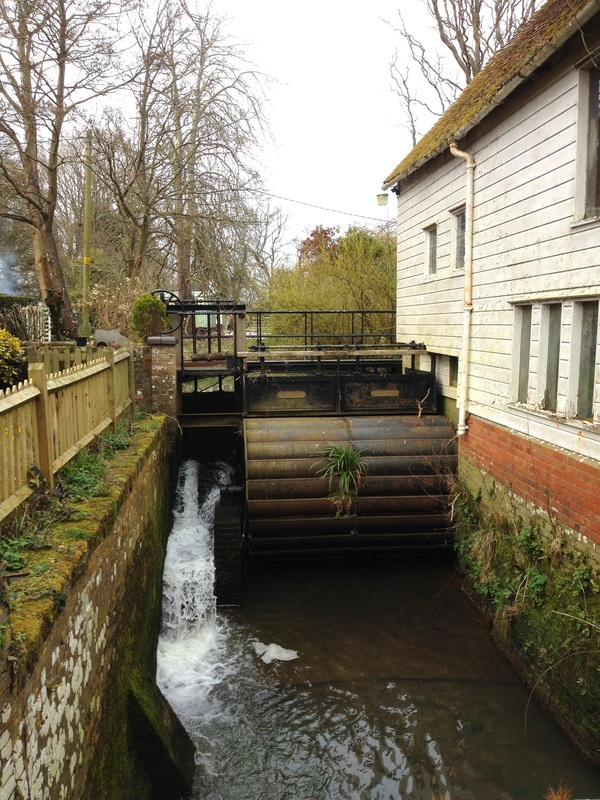
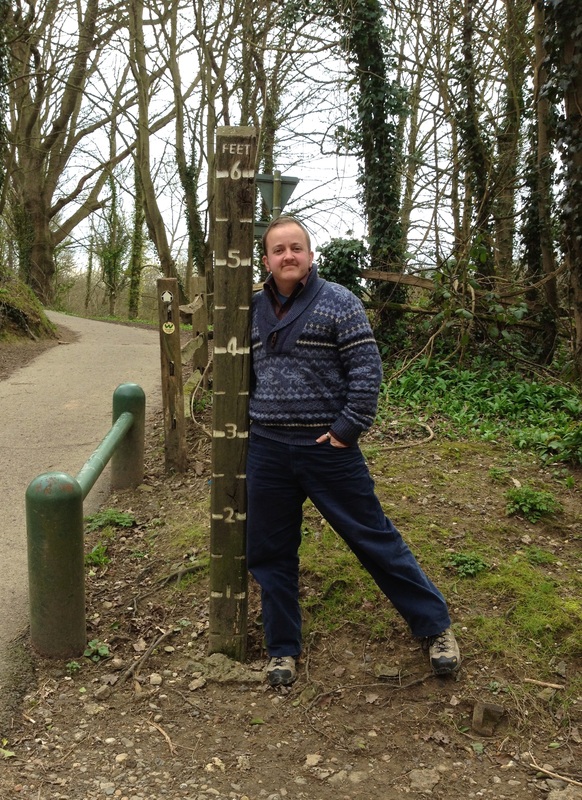
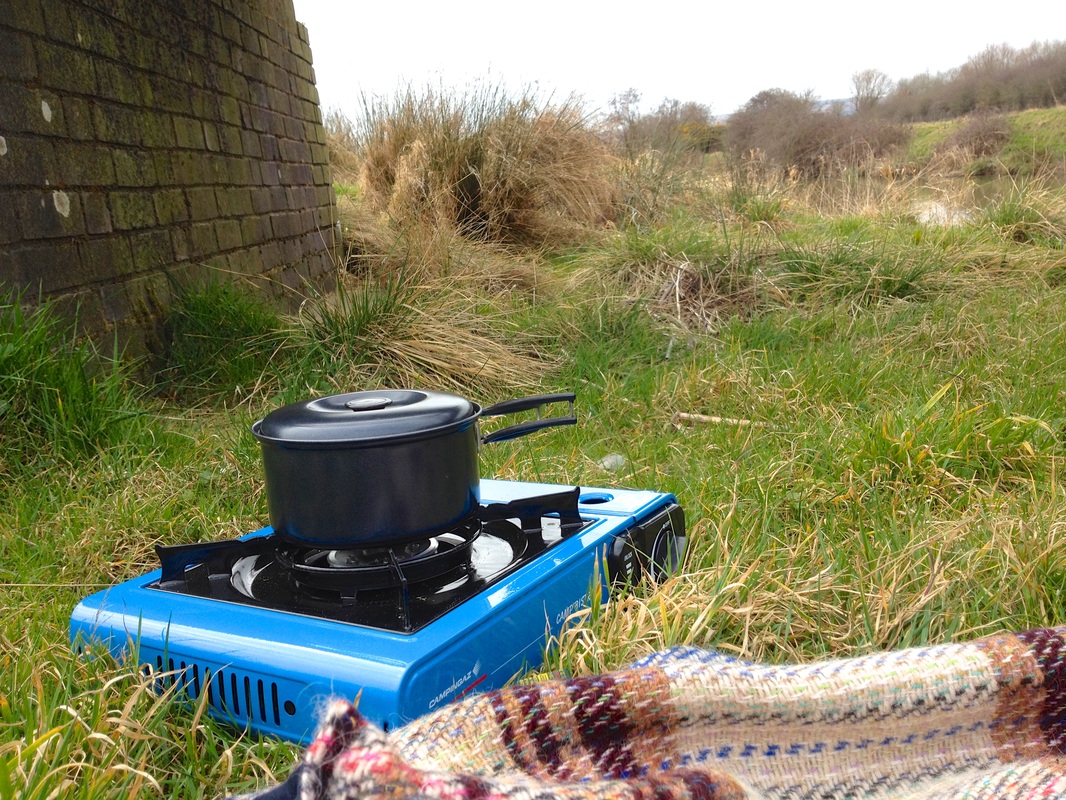
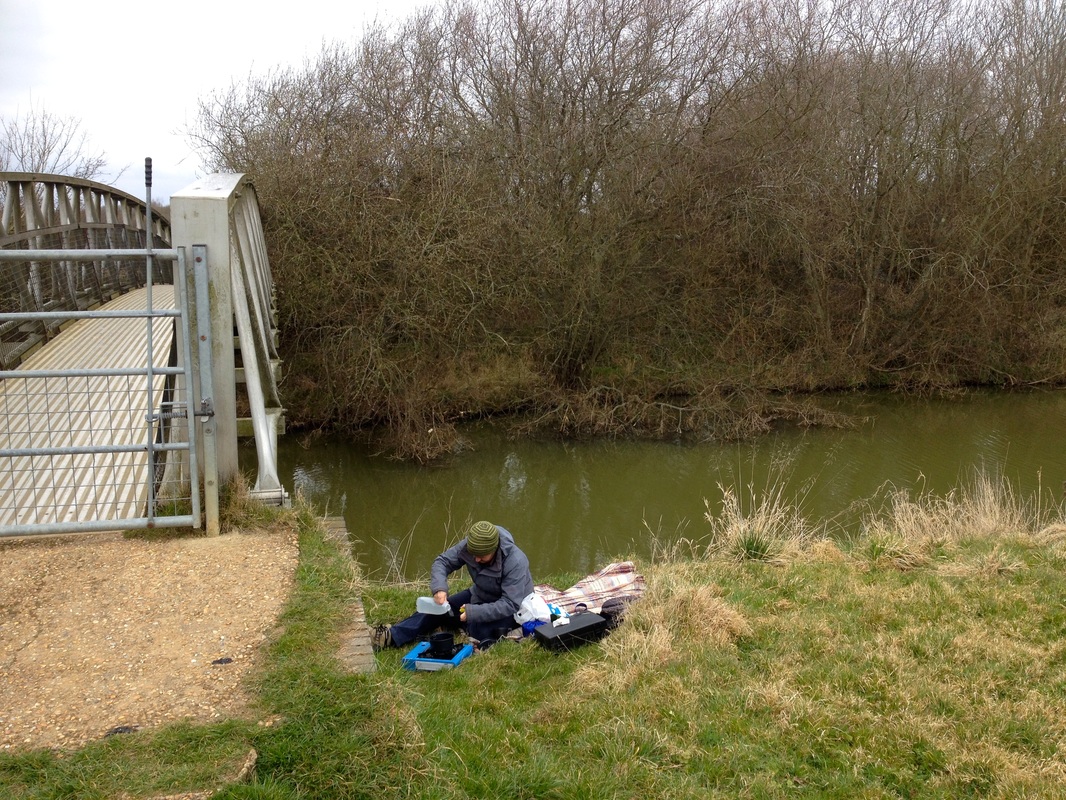
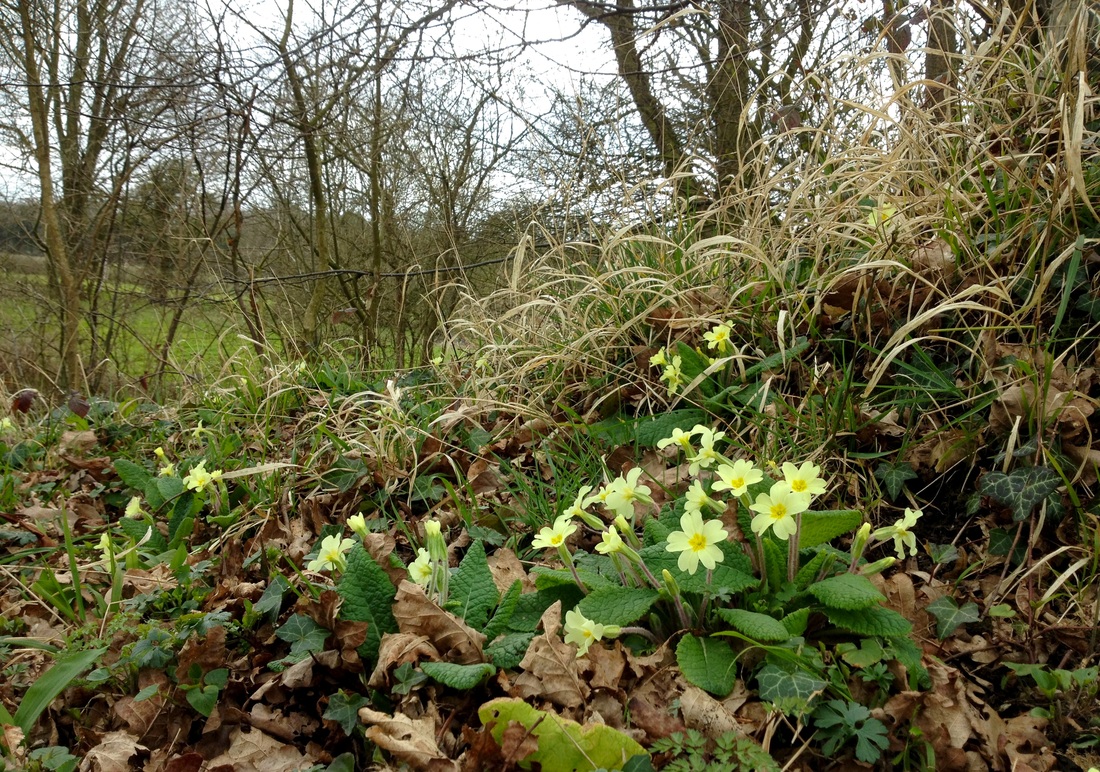
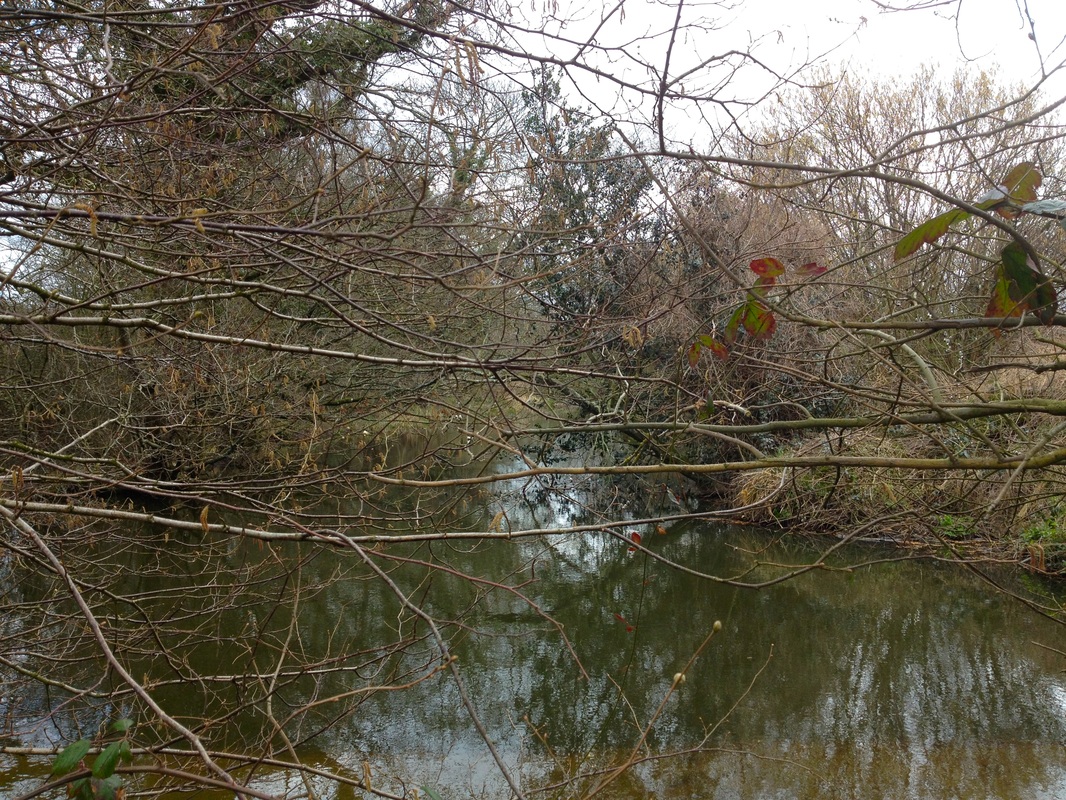
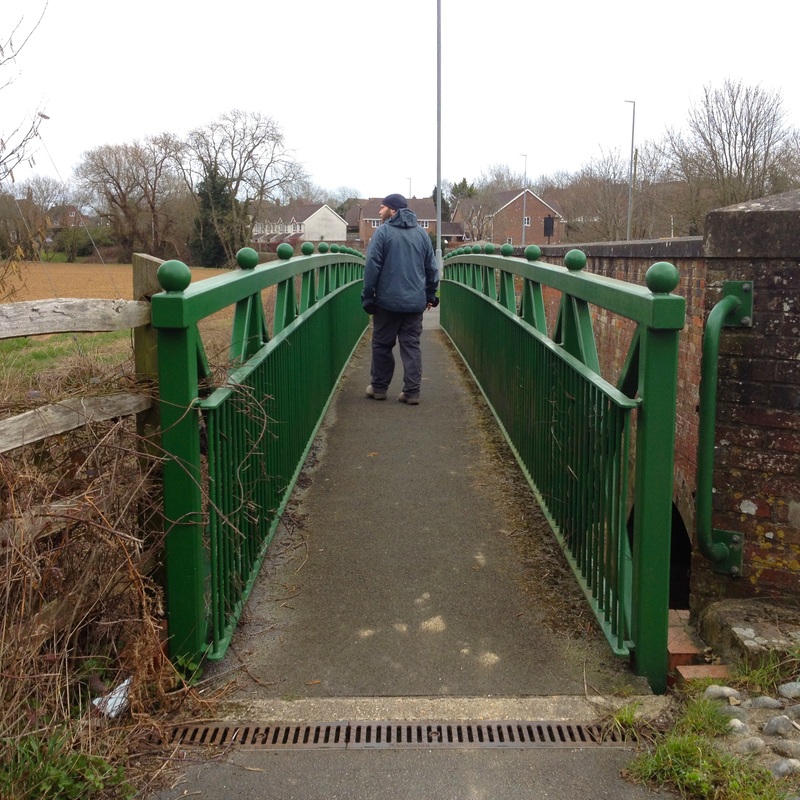
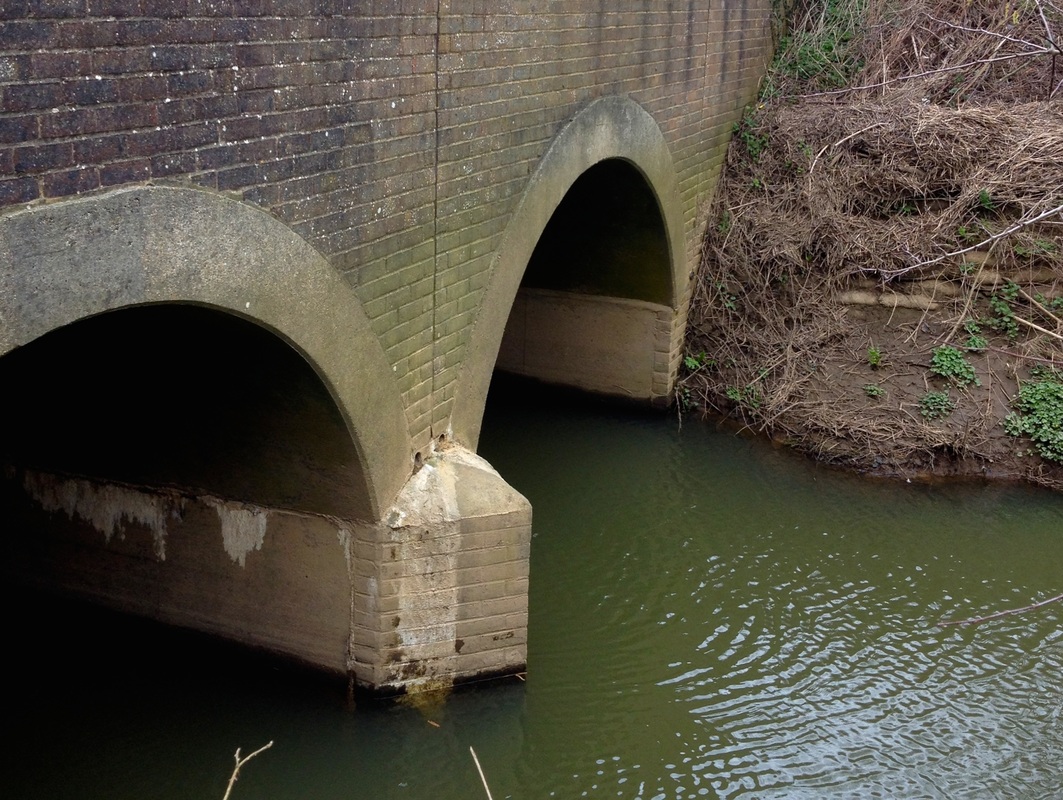
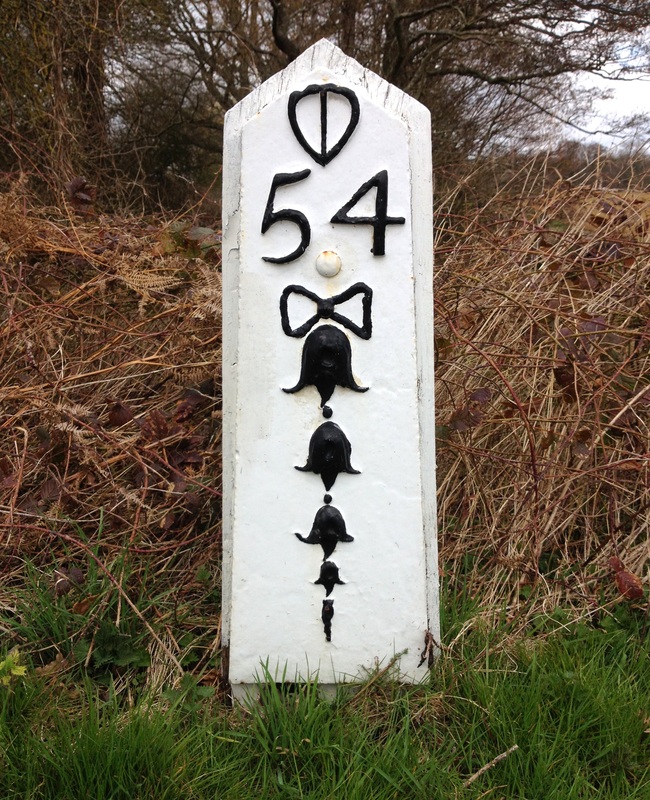
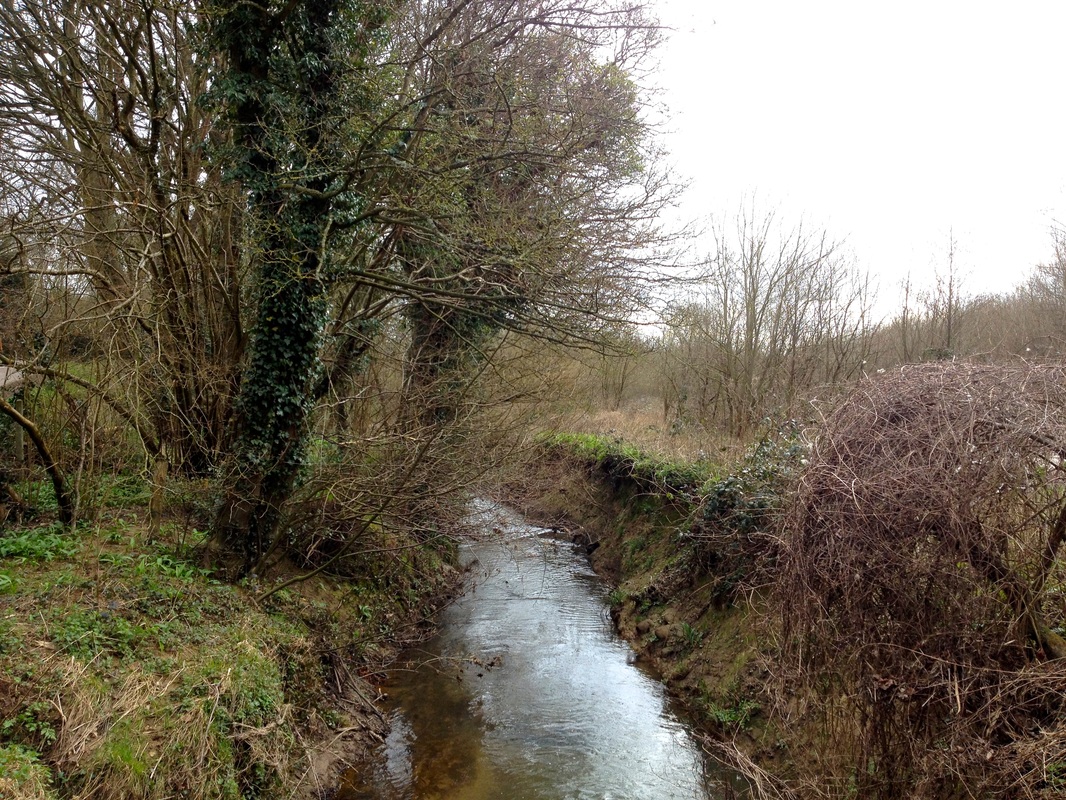
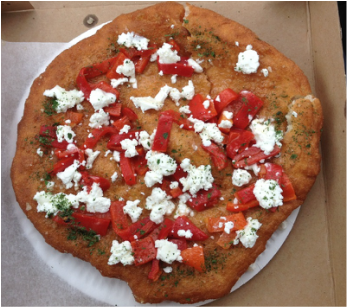

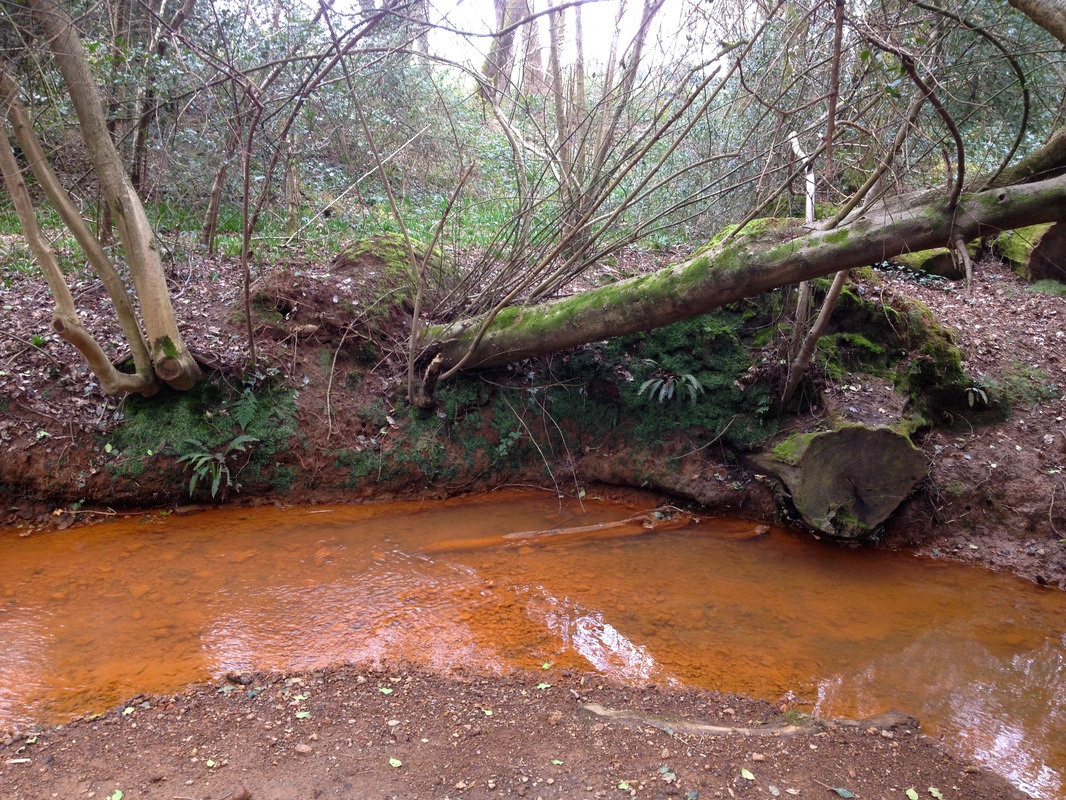
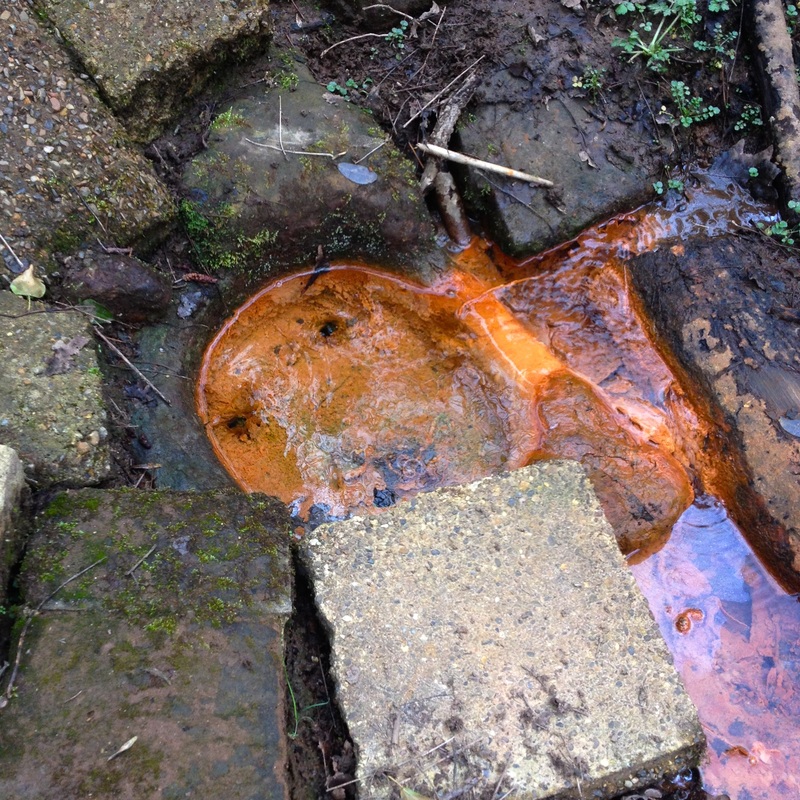
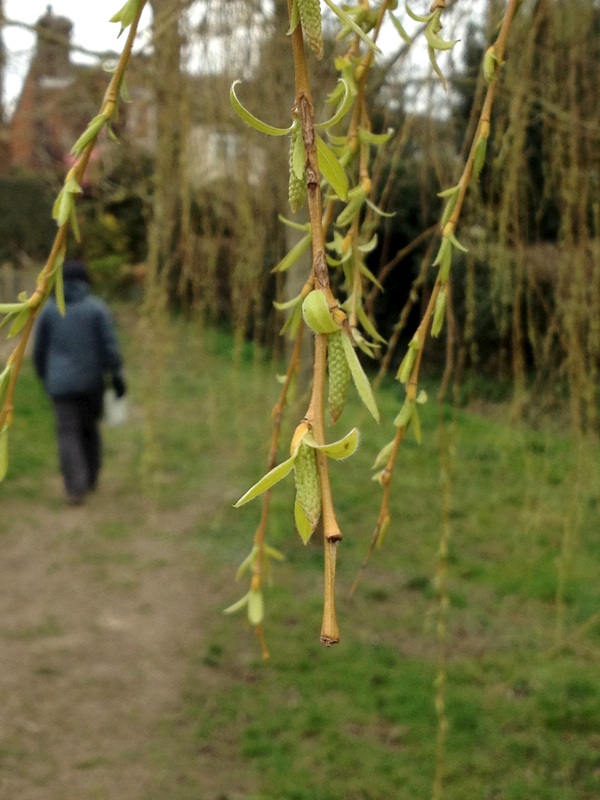

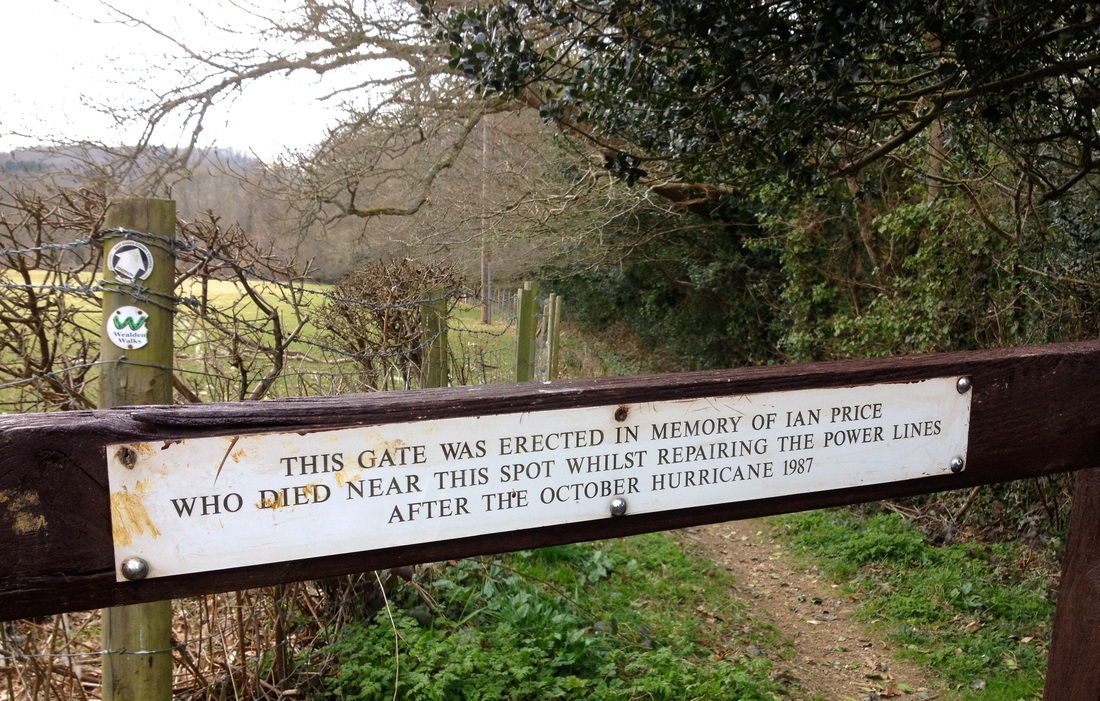
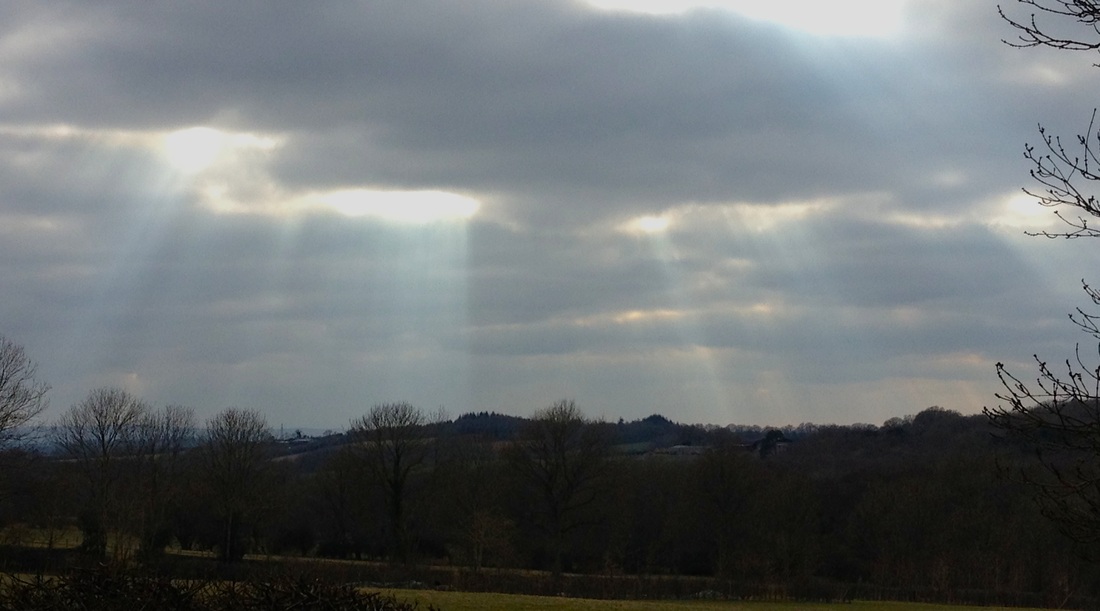
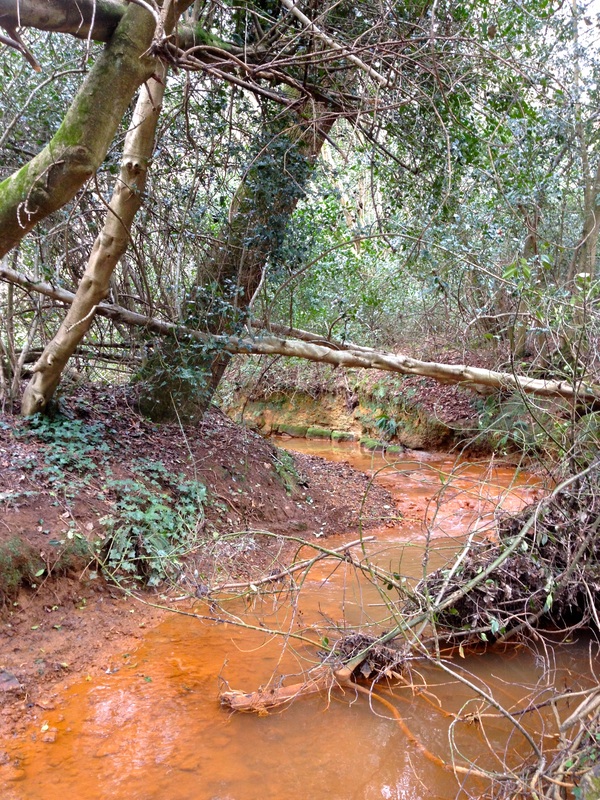
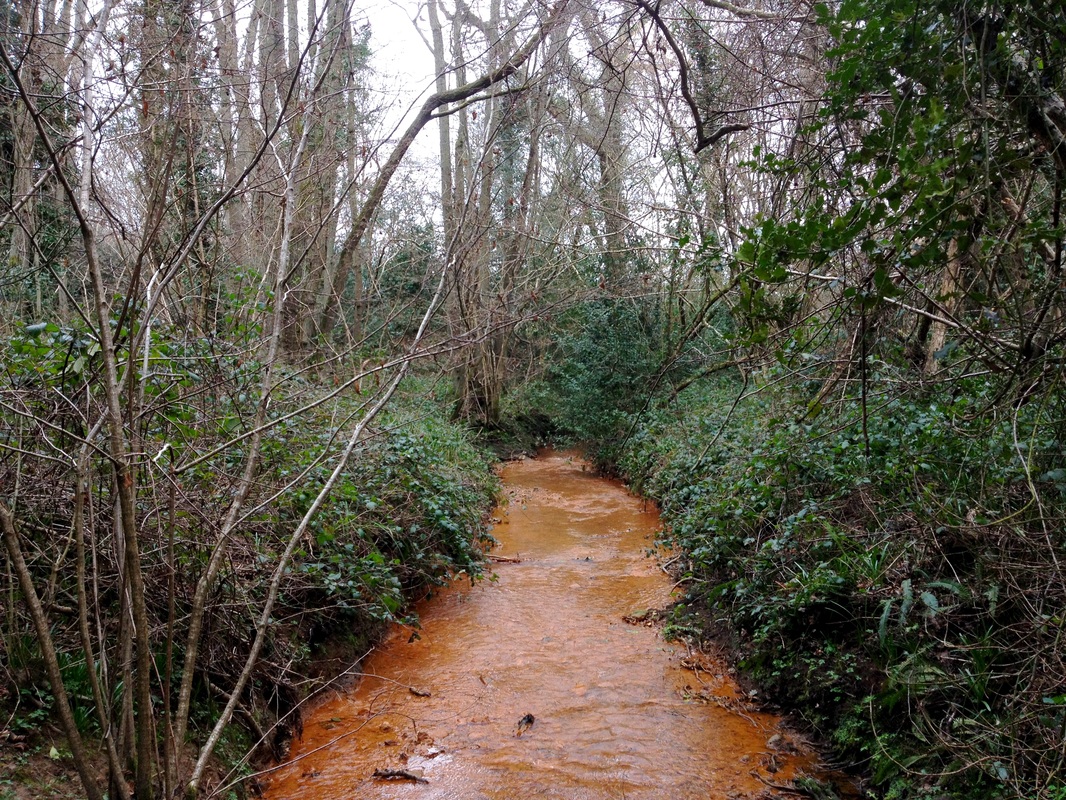
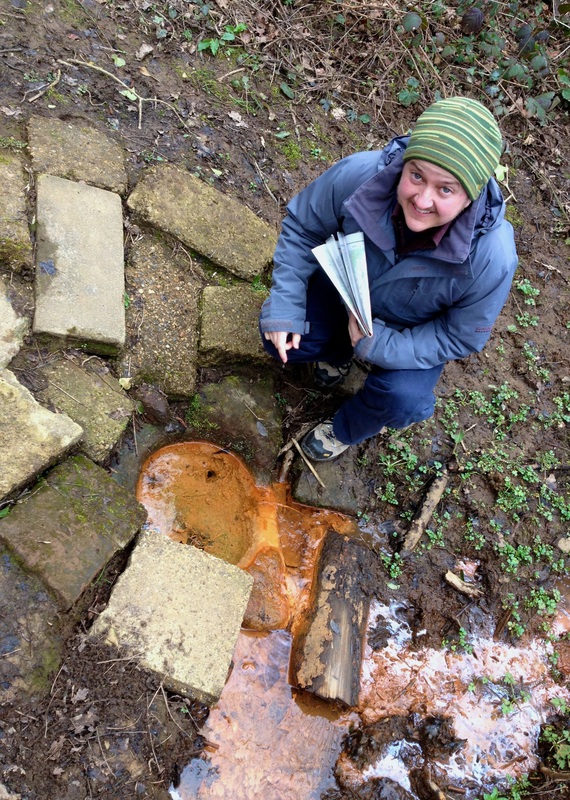
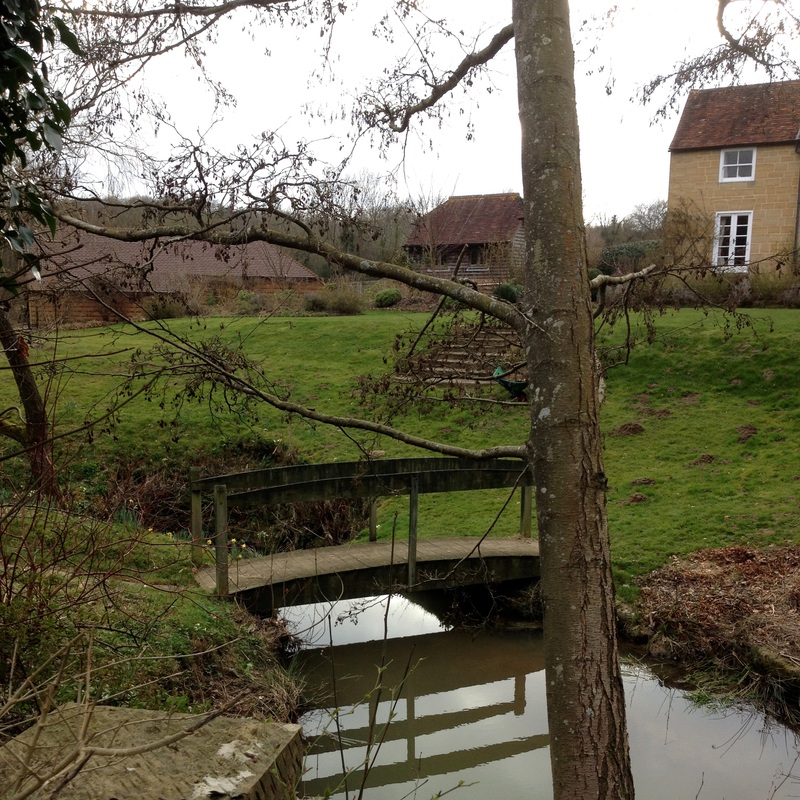
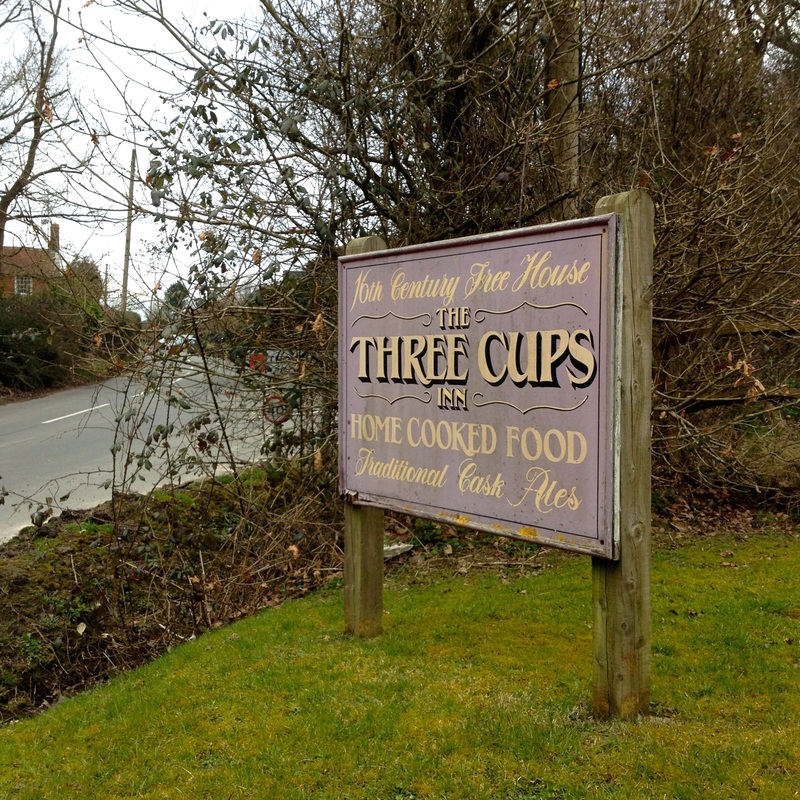
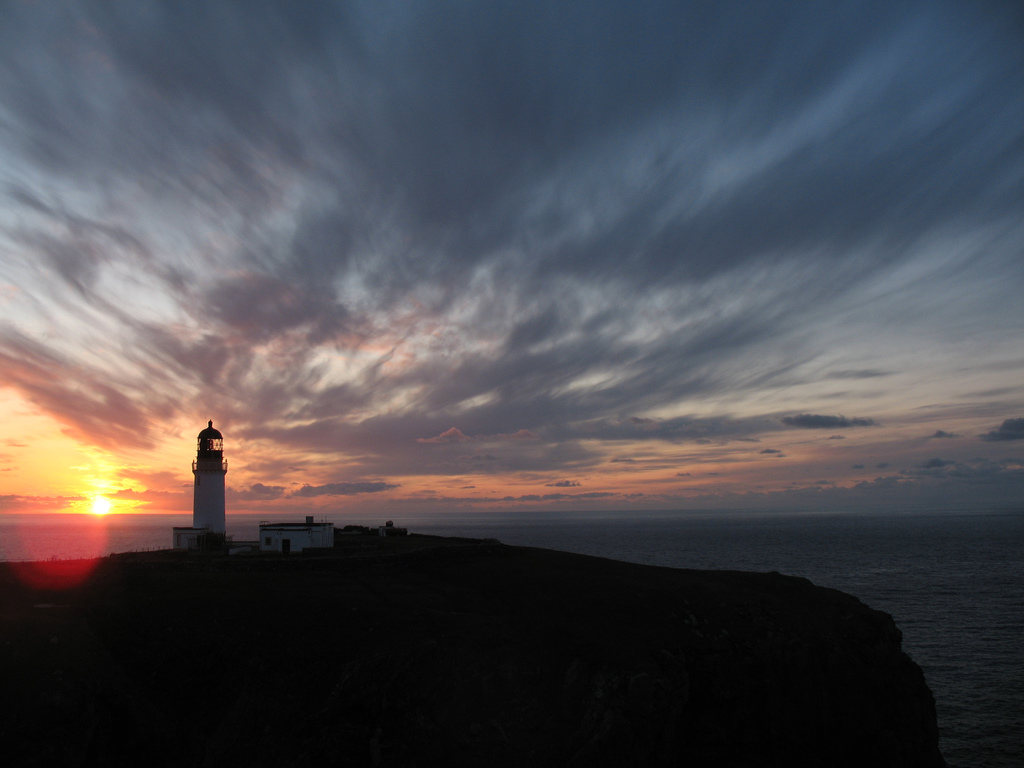
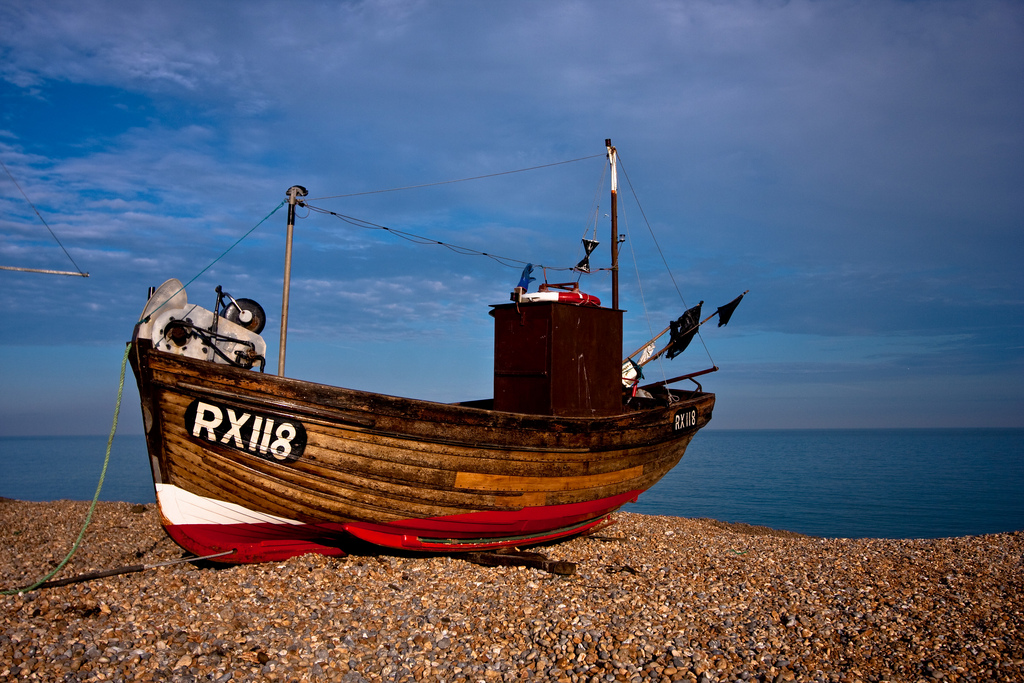
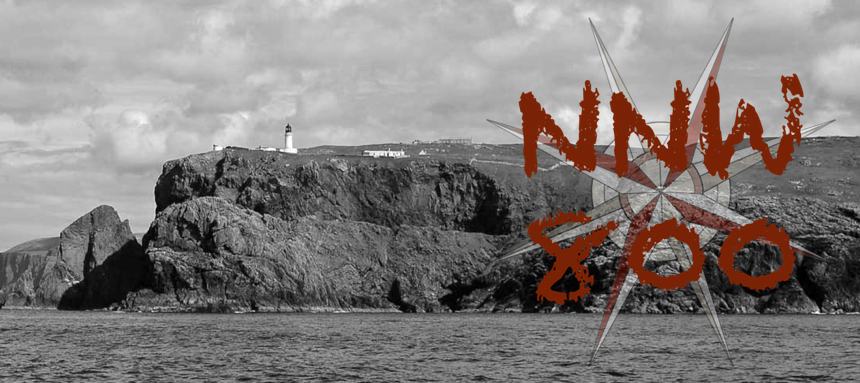

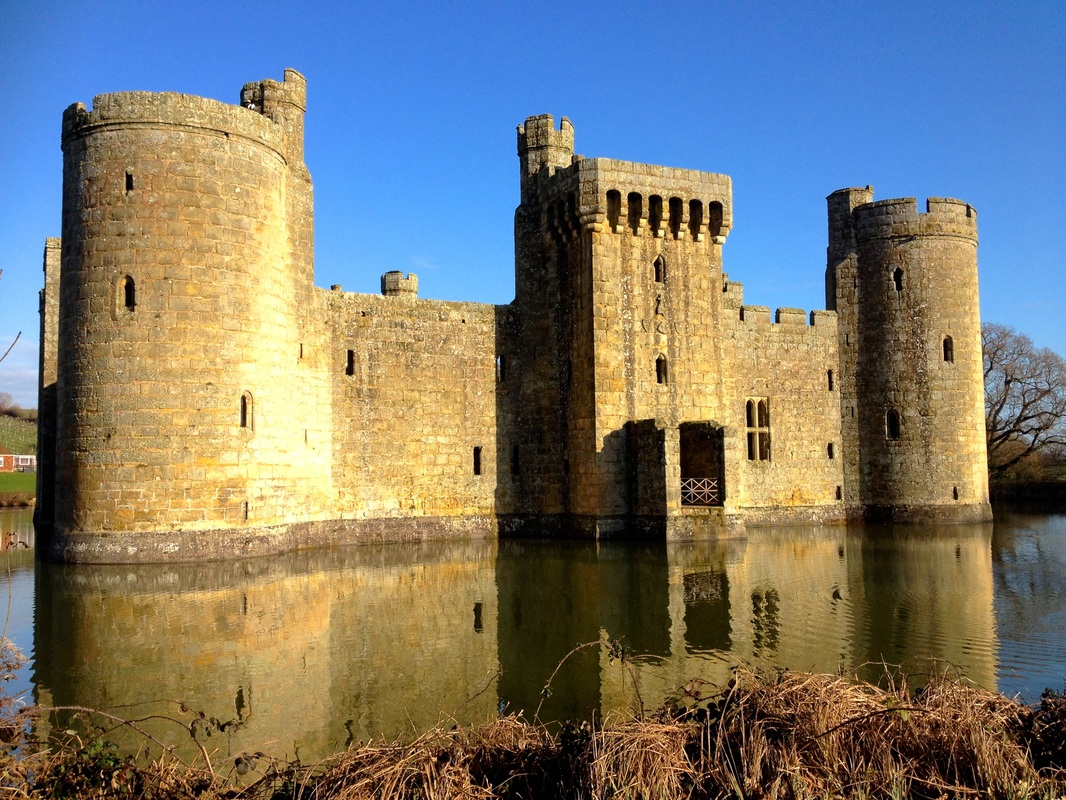
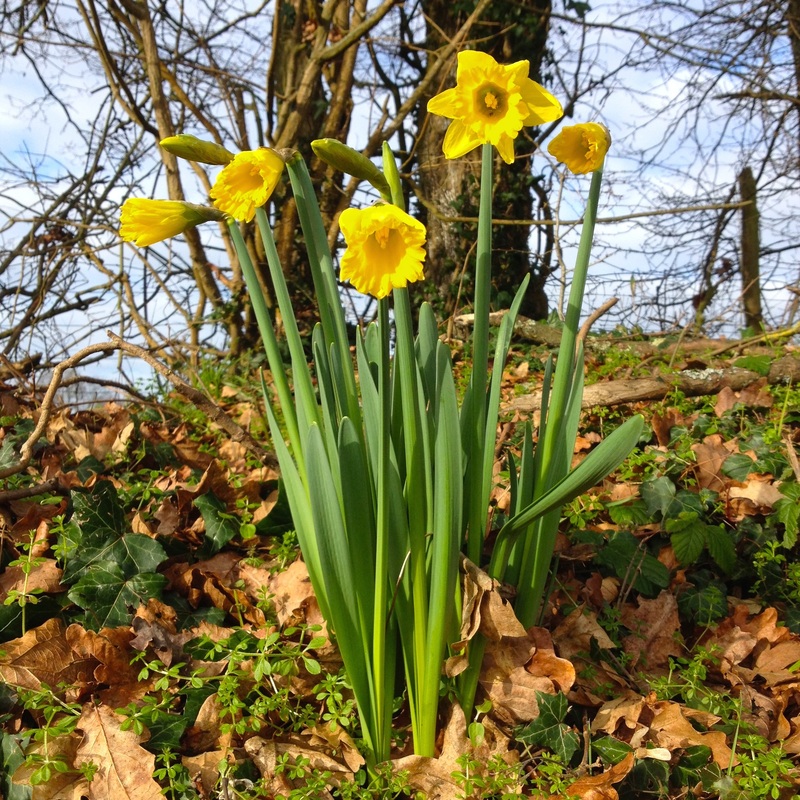

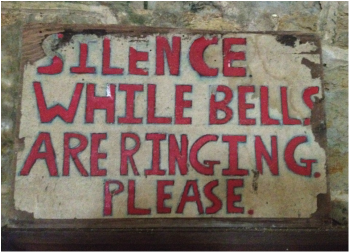
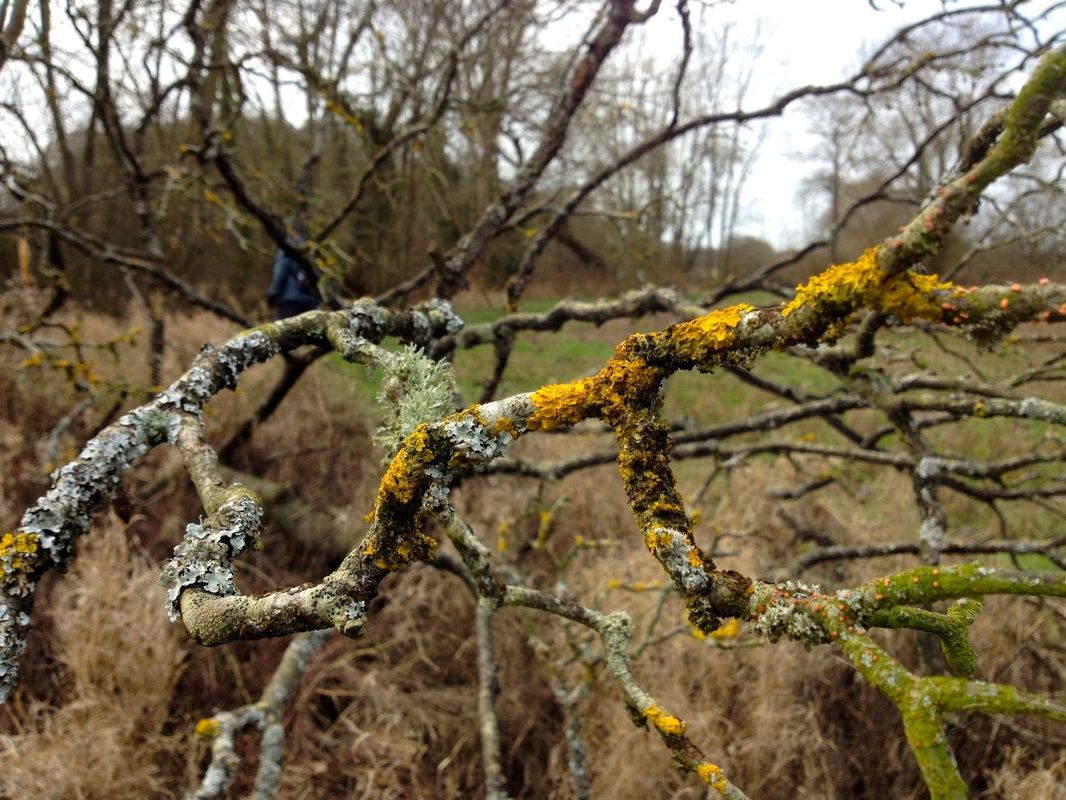
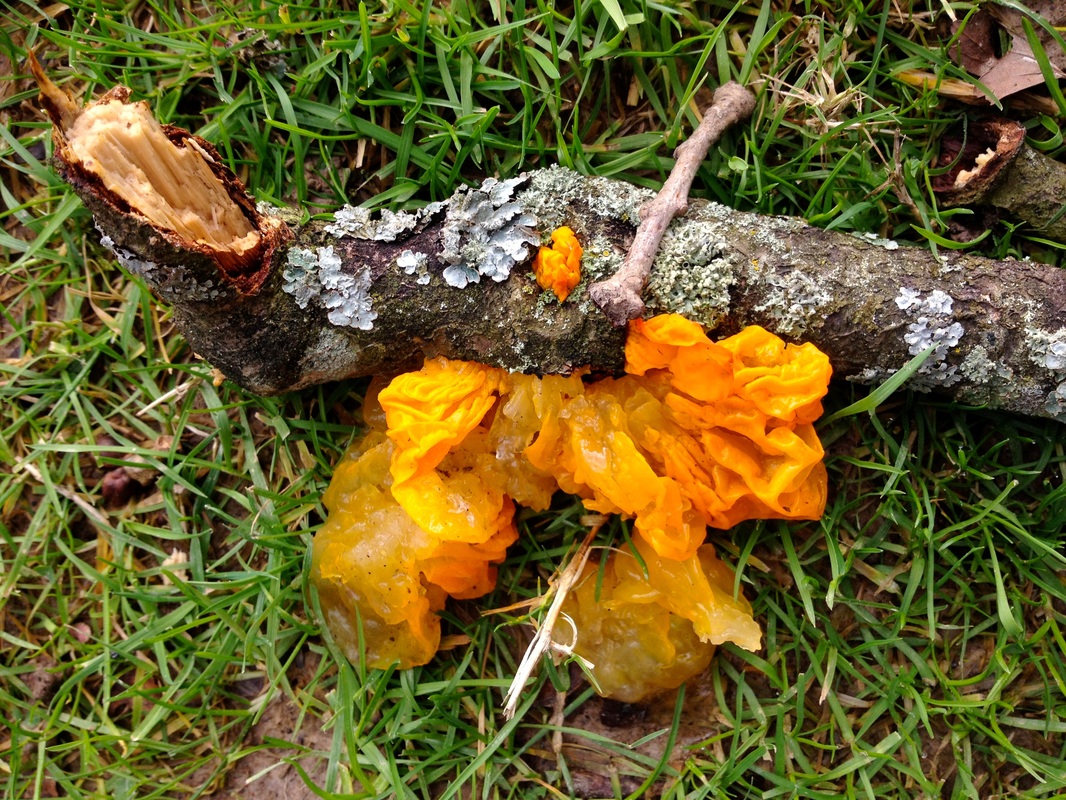
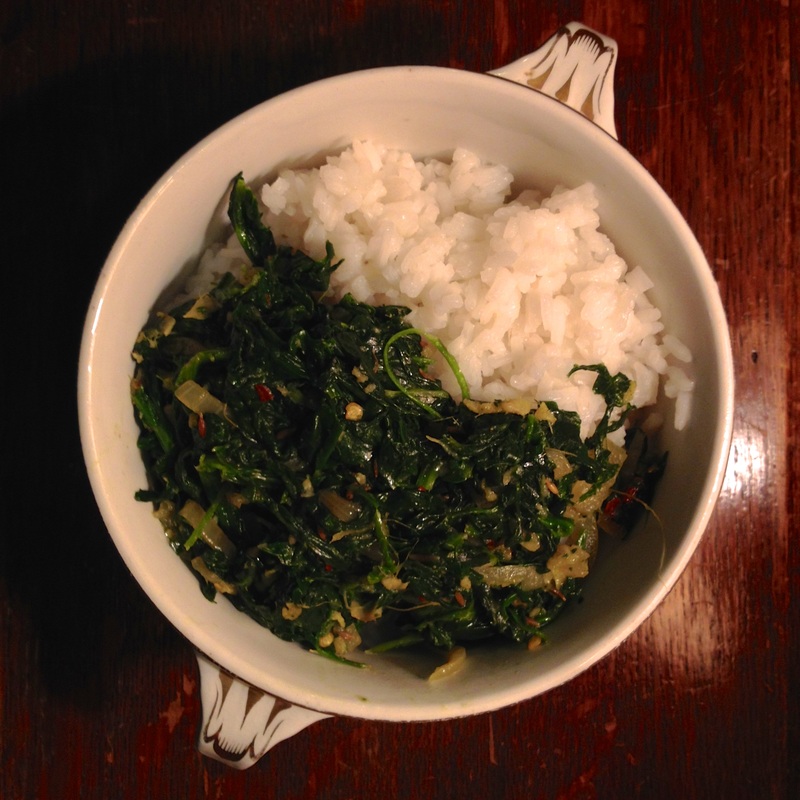
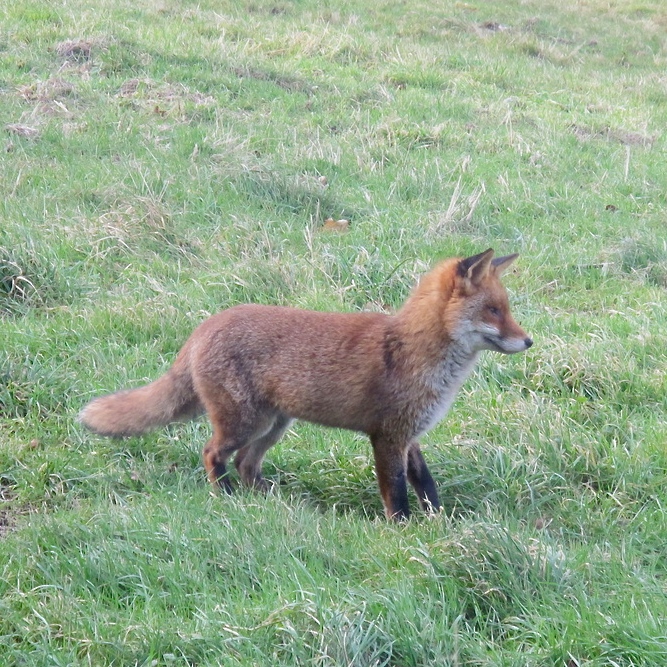
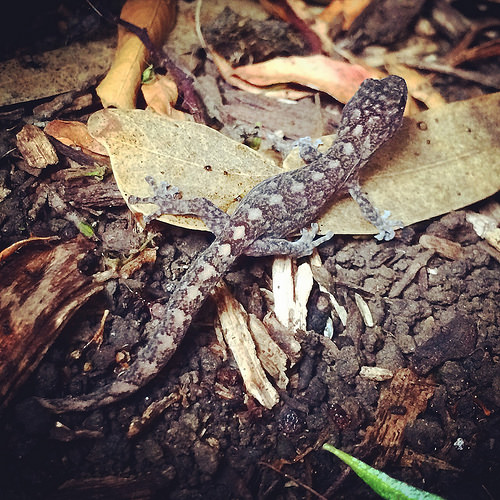
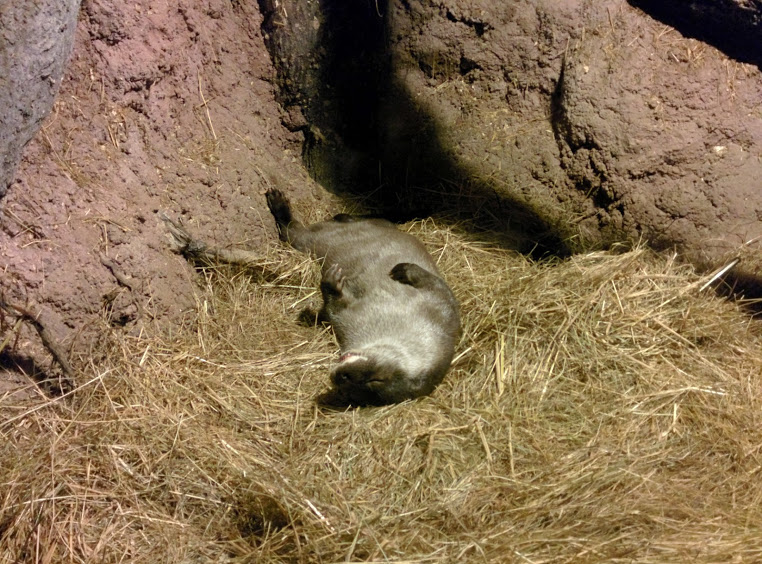
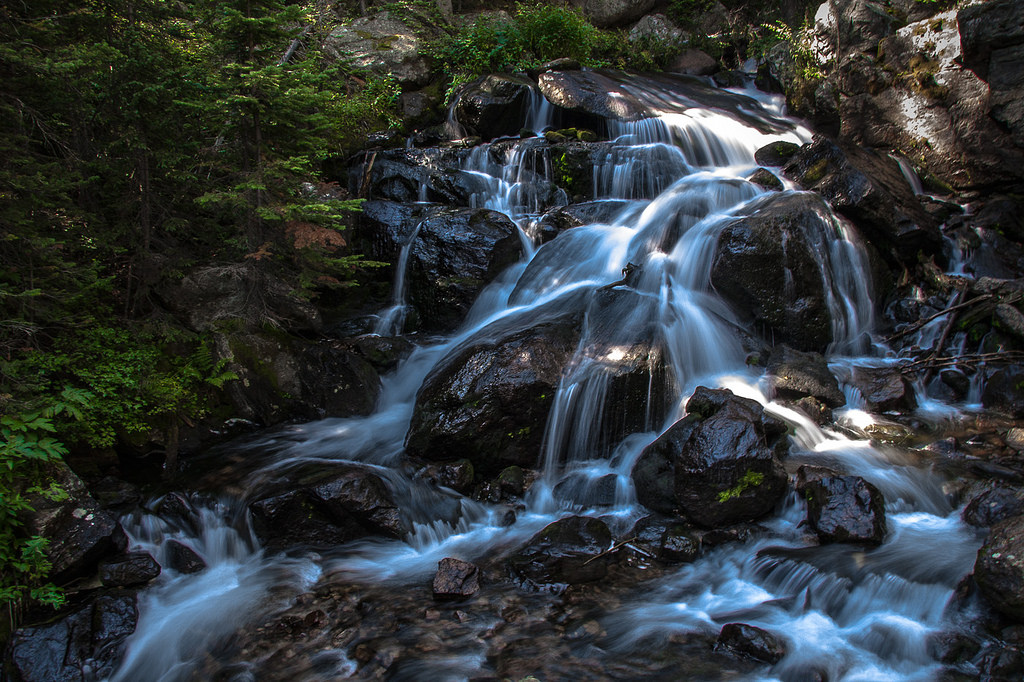
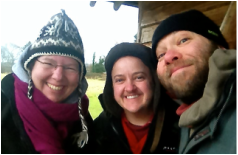
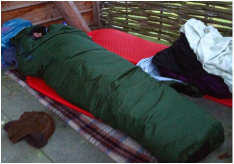
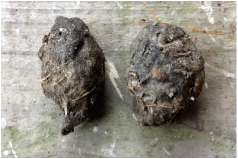
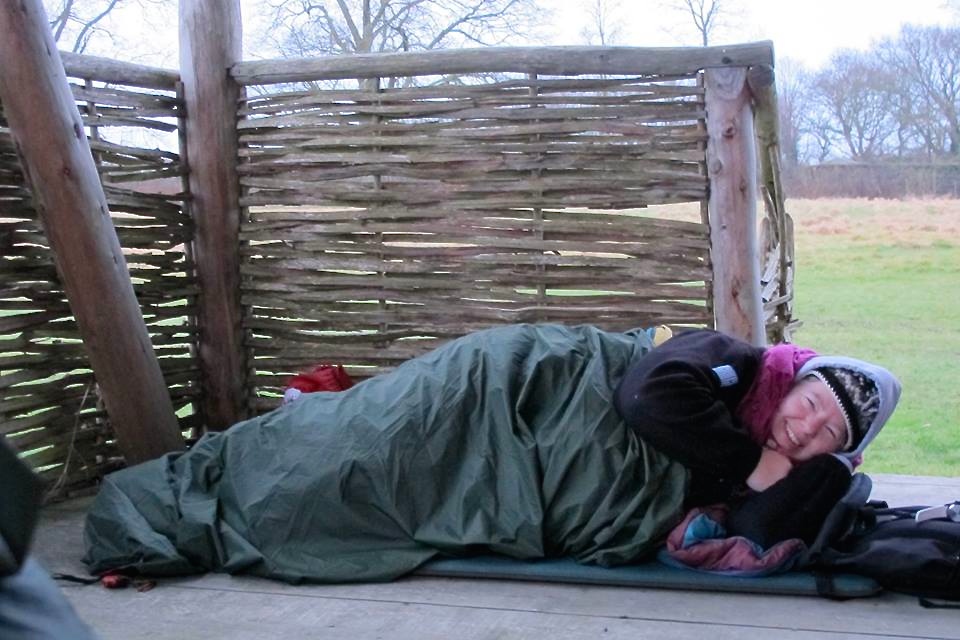
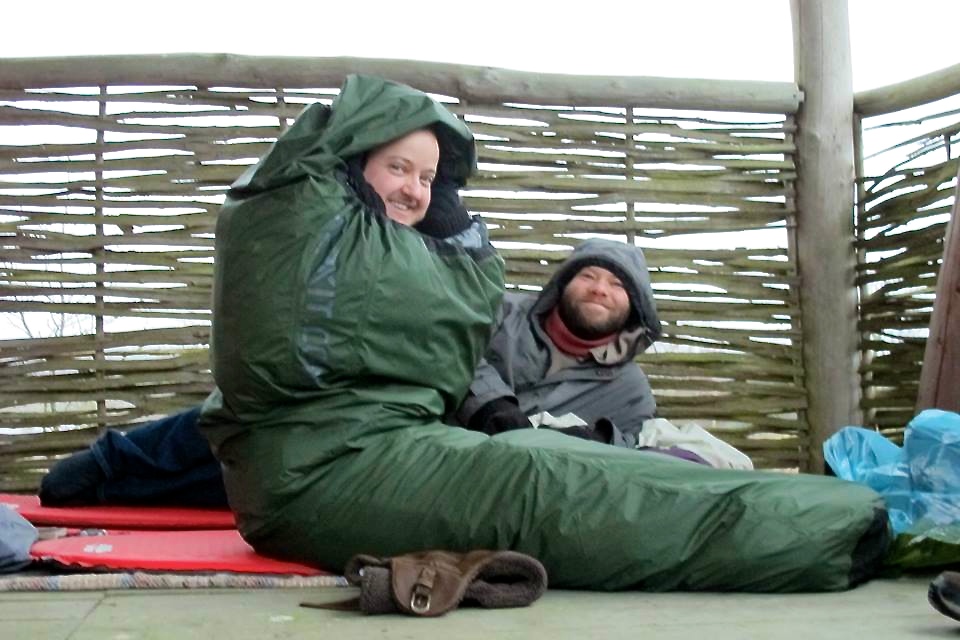
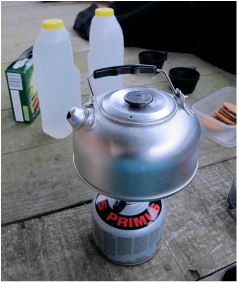
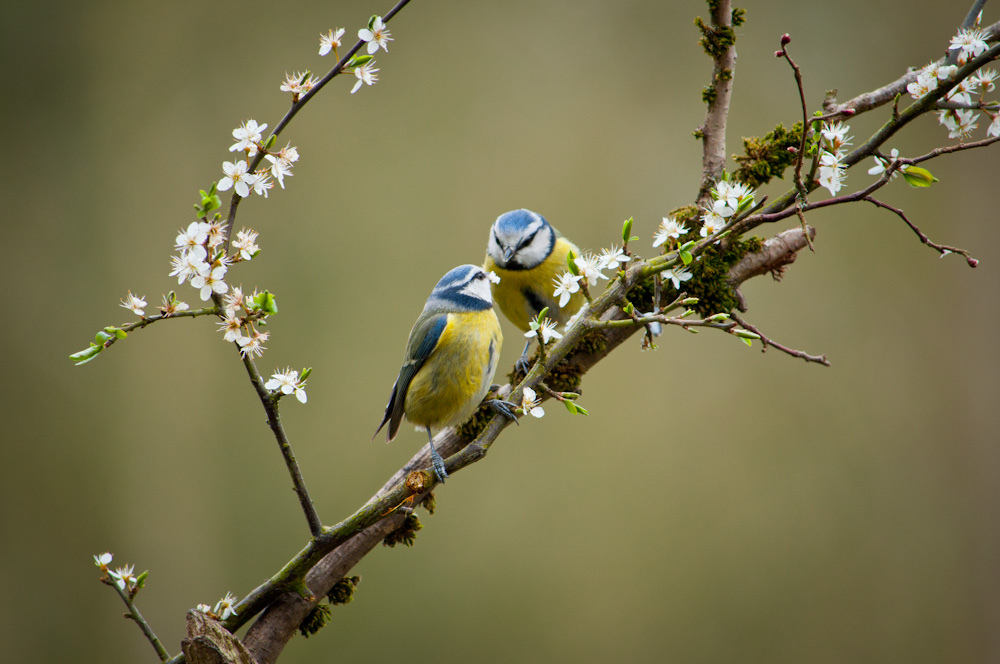
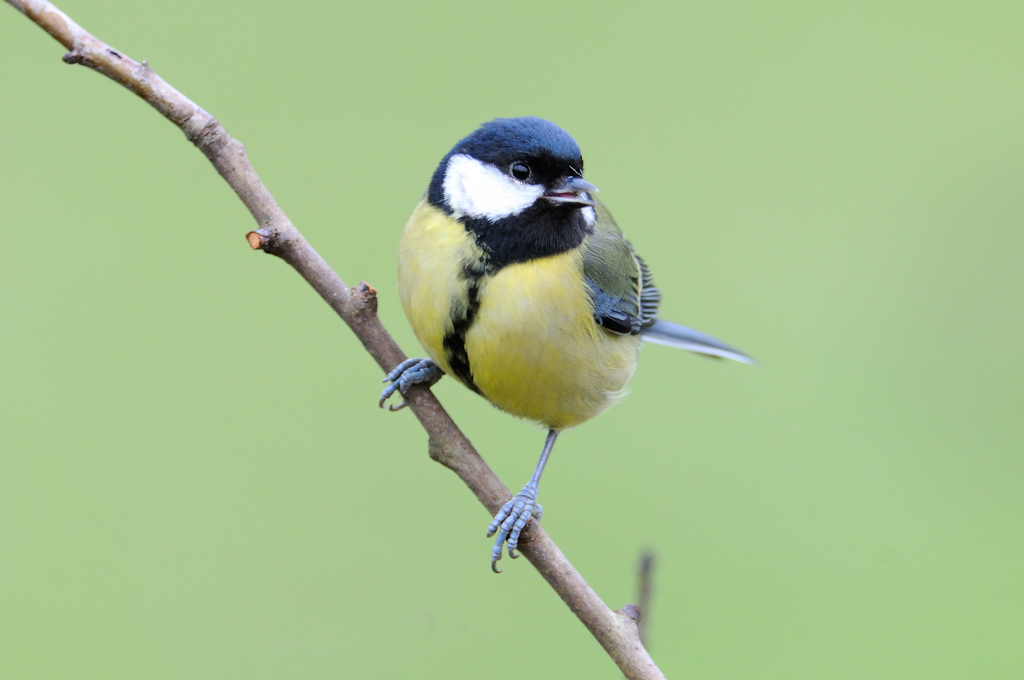
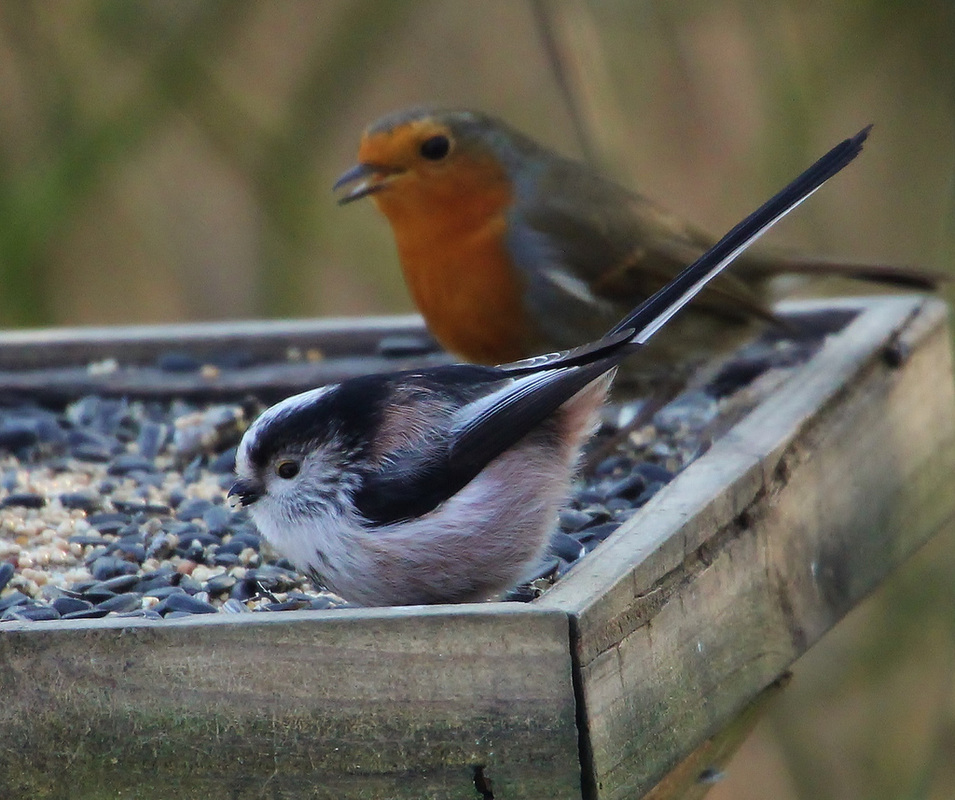
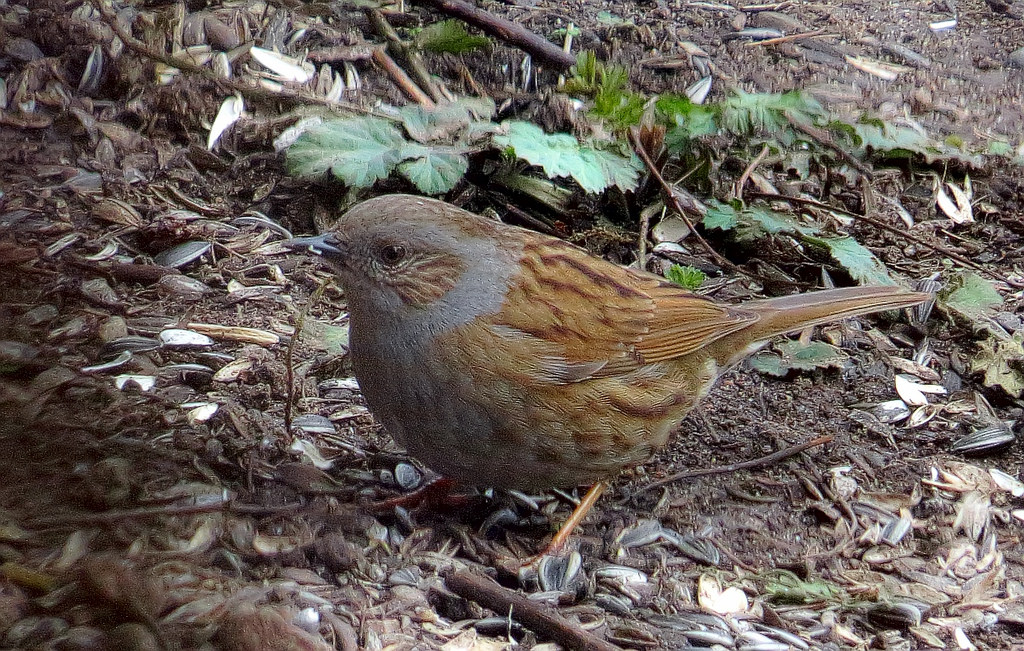
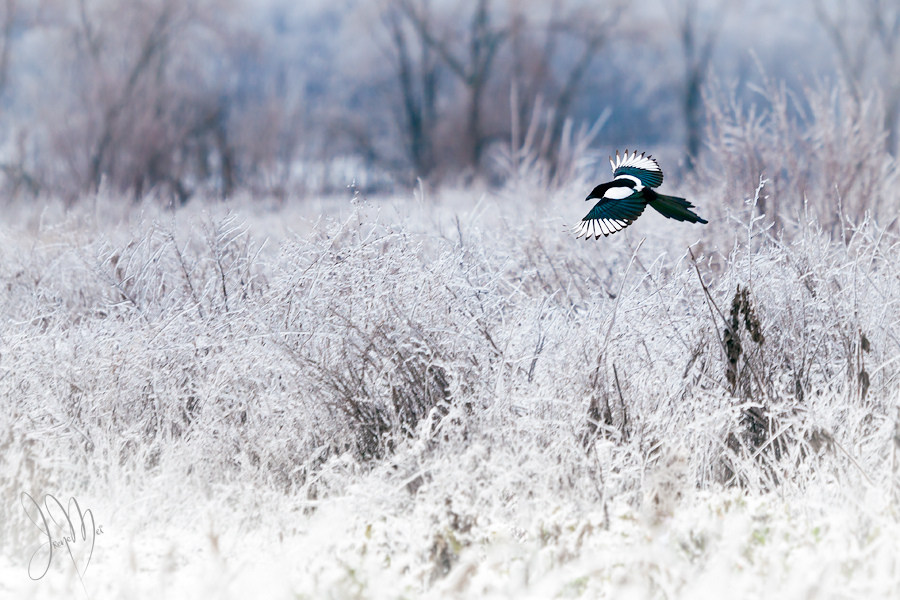
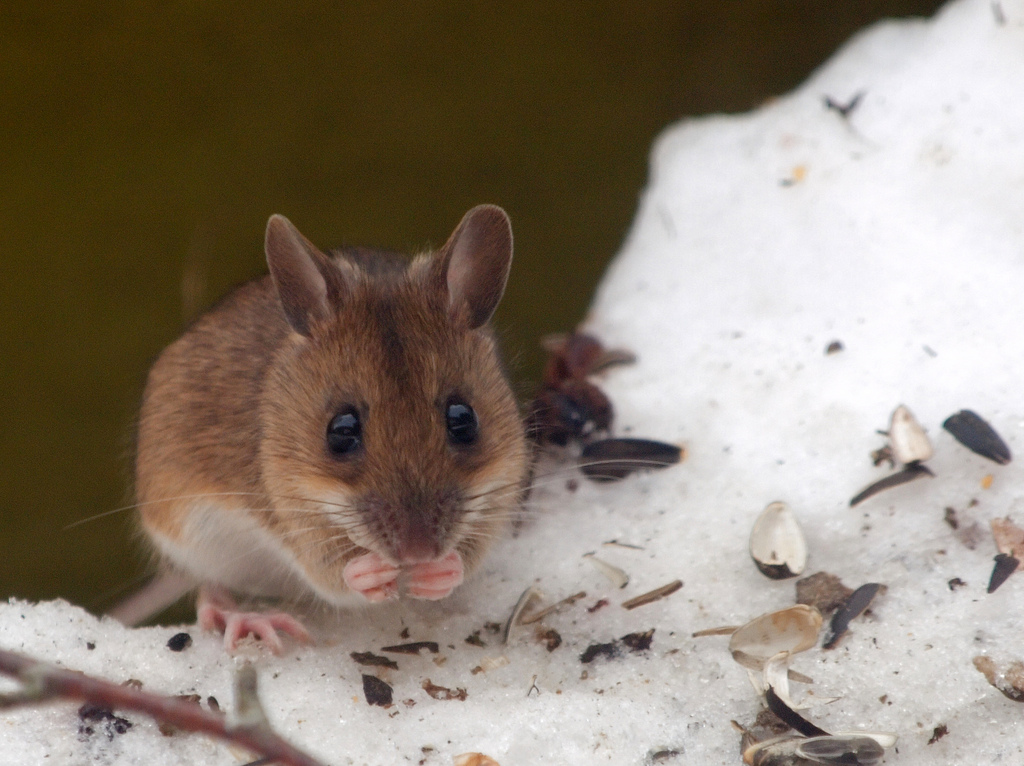
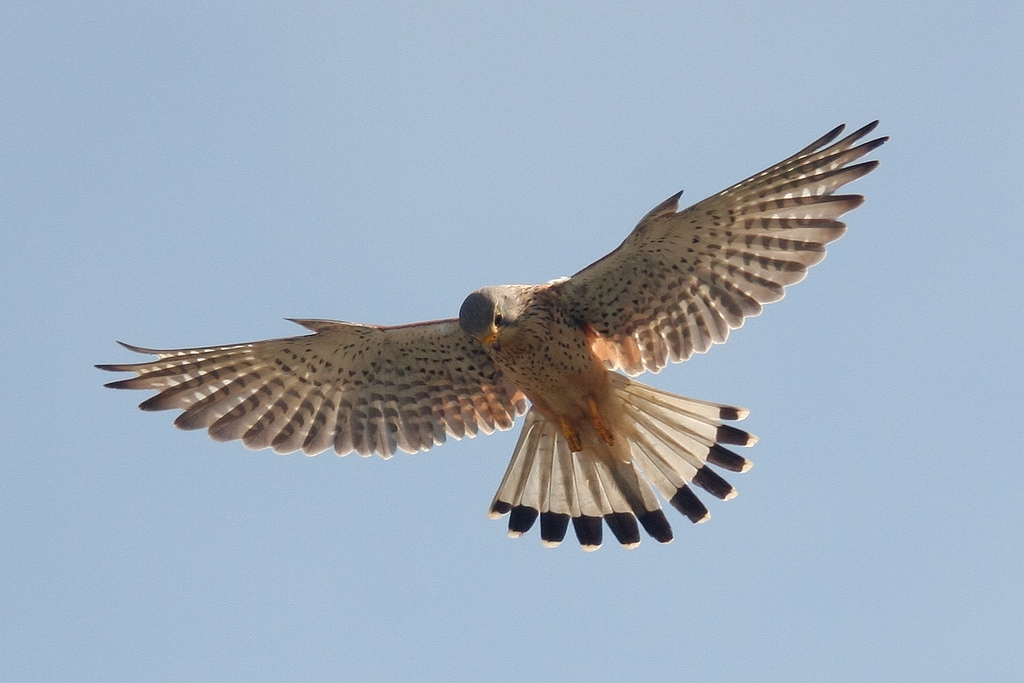
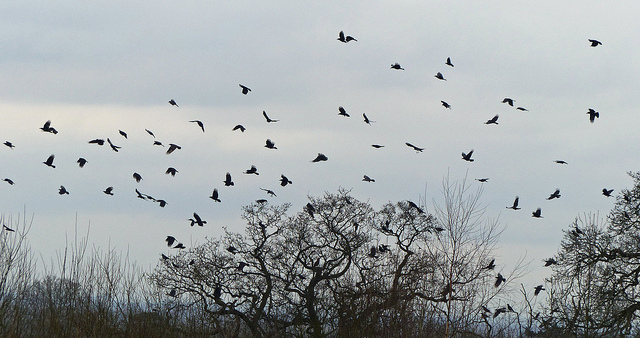
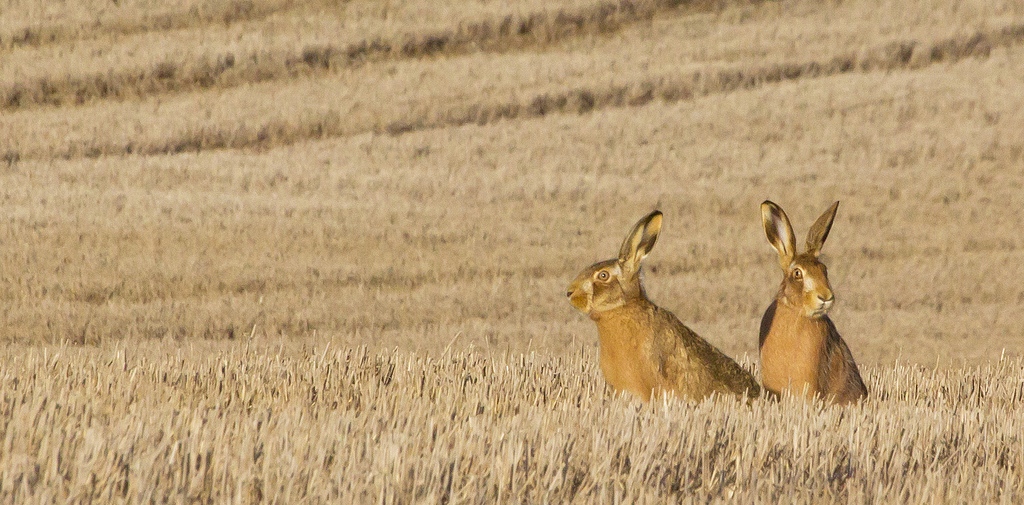
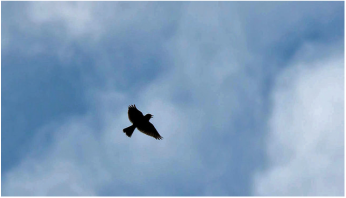
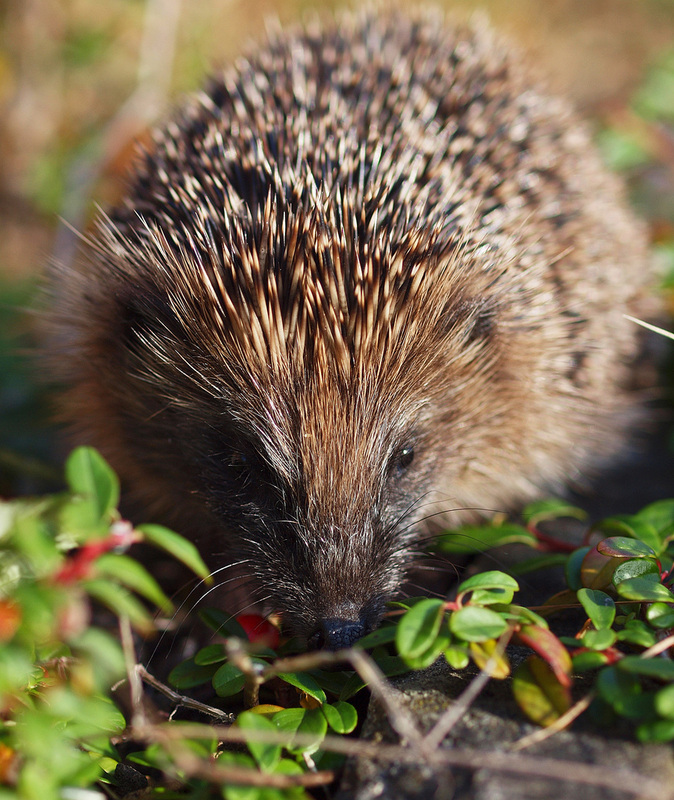
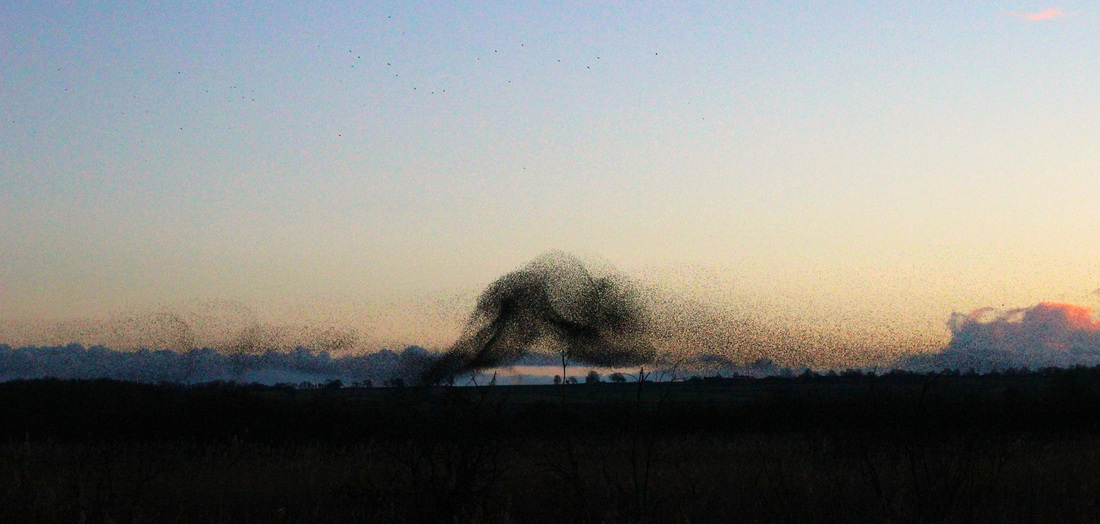
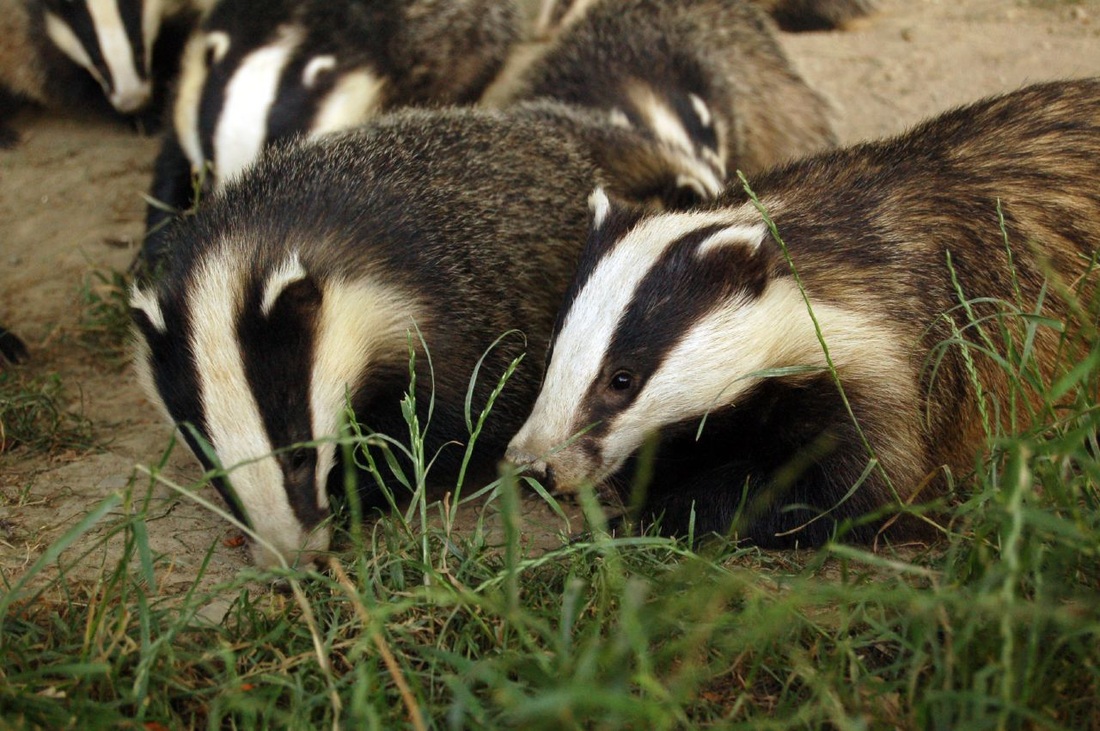
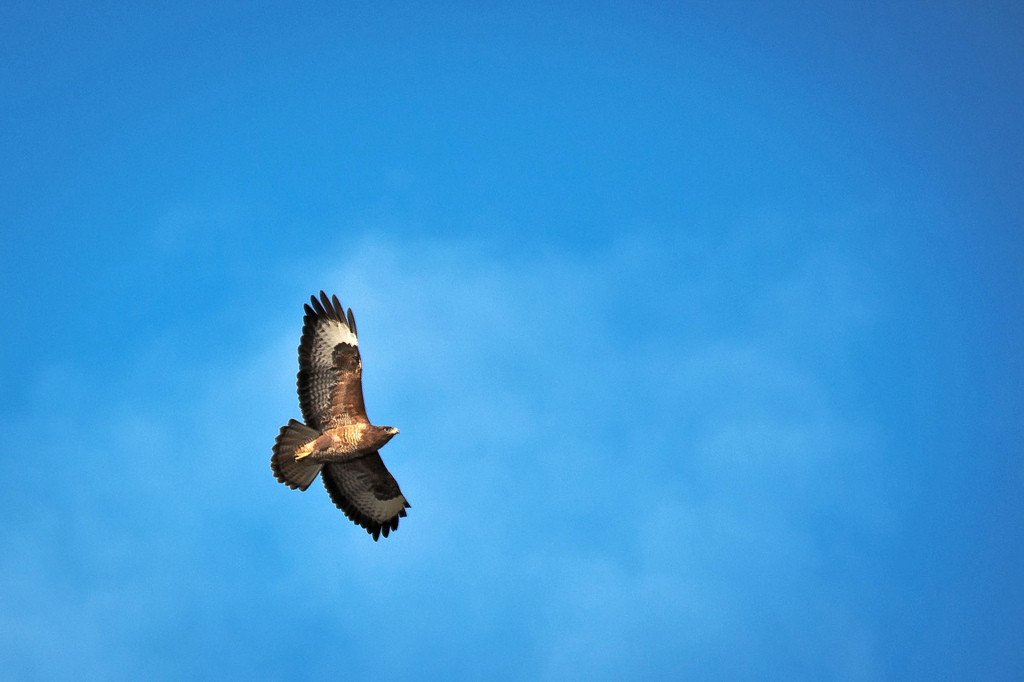
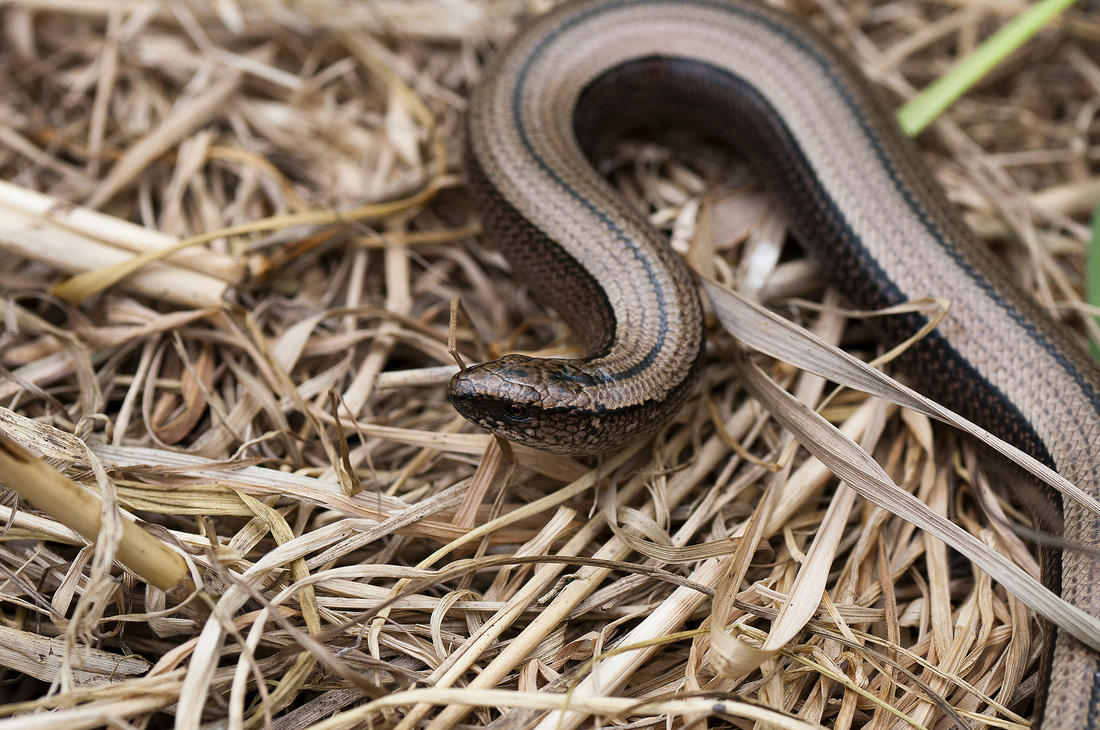
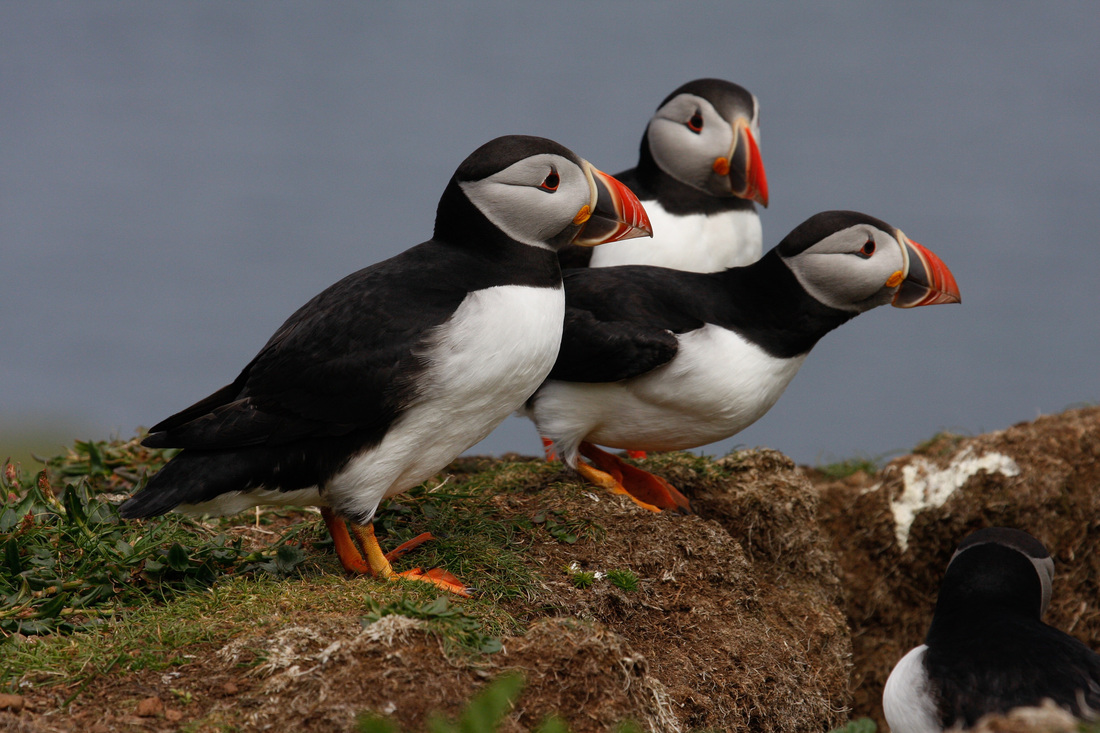
 RSS Feed
RSS Feed
